A living room sets the emotional tone for an entire home, and 2025 design trends prove you no longer need a massive budget — or a professional — to make that tone unmistakably you. From earth-centric color stories and reclaimed furniture to sculptural lighting that doubles as art, small shifts can spark big atmosphere changes. The beauty of these ideas lies in their flexibility; each can be adopted independently or layered for deeper impact. Ready to explore practical, stylish, and sustainably minded ways to refresh your favorite gathering space? Let’s dive into twenty-five ideas that turn any living room into an inviting aesthetic showcase.
1. Earth-Tone Calm With Layered Neutrals
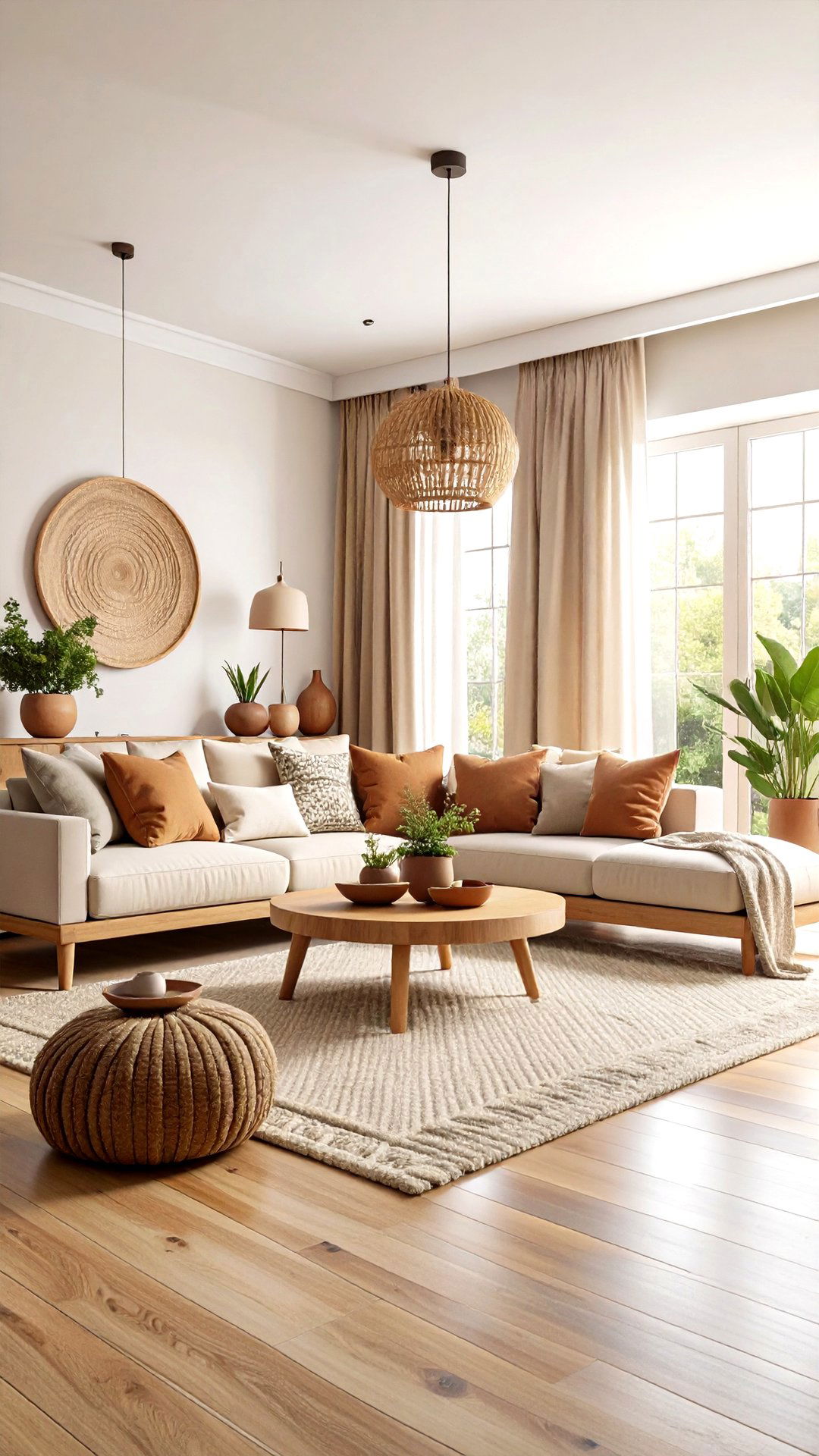
A grounded palette of warm clay, greige, and mushroom instantly gives a living room timeless calm while subtly echoing the outdoors. Start with a neutral rug that anchors the space, then add flax linen curtains and textured throw pillows in slightly varied shades. Keeping undertones consistent — think pink-beige or gray-brown — creates depth without visual noise. Natural woods, especially matte oaks or reclaimed walnut, complement this base and help large pieces feel less imposing. Finish with live plants in unglazed terracotta pots; their organic irregularities make the color story feel intentional rather than flat.
2. Japandi Serenity Meets Everyday Utility
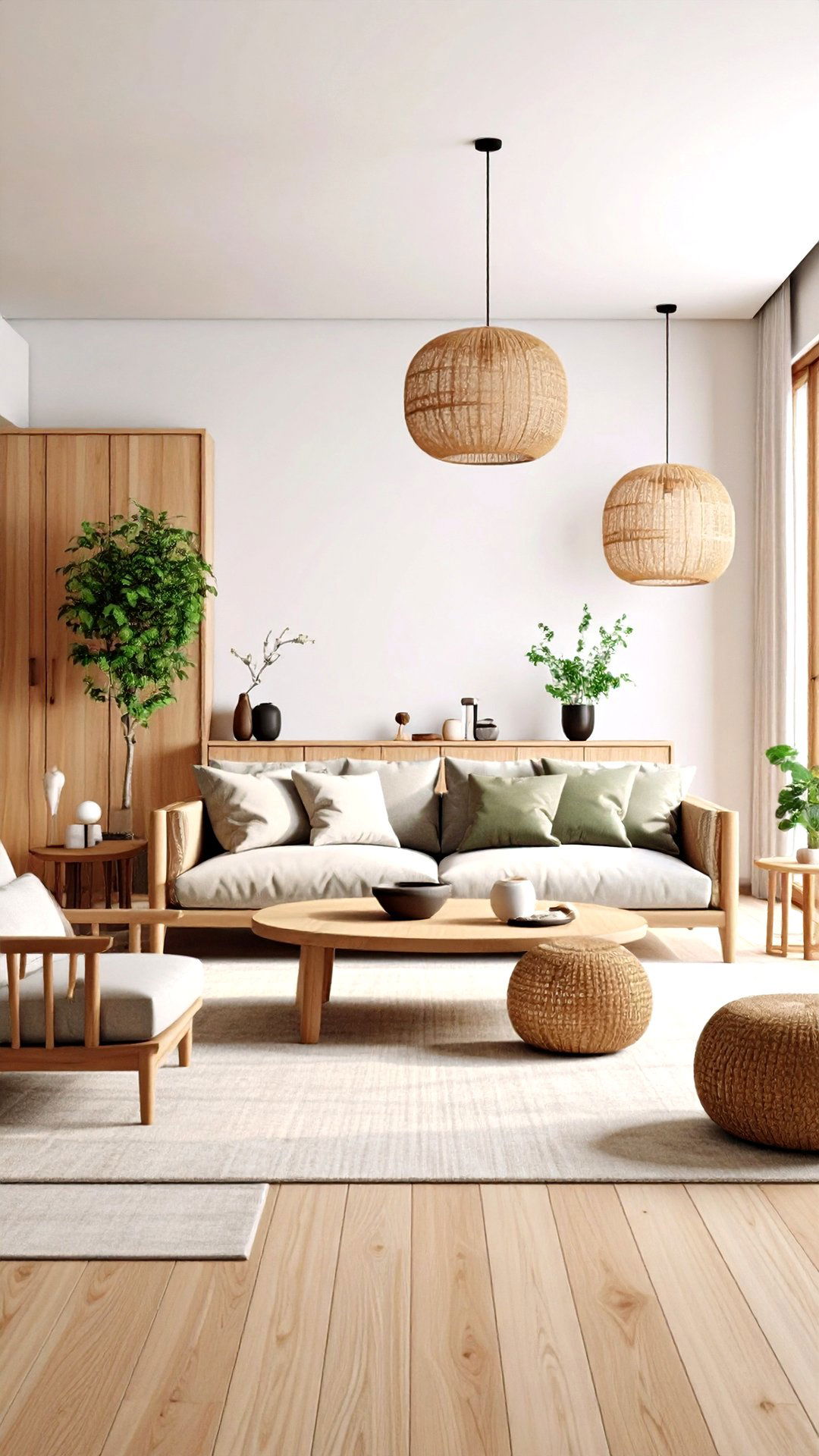
By blending Japanese minimalism and Scandinavian coziness, Japandi style offers a living room equal parts tranquil and functional. Opt for low-profile sofas in tactile bouclé and pair them with pale ash side tables sporting softly rounded edges. Stick to a tight palette of warm whites, charcoal, and muted sage, letting grain patterns and woven baskets supply texture instead of bright color. Storage doubles as décor through rattan-front cabinets that hide clutter yet breathe visually. A single, sculptural floor lamp casts an even glow, underscoring the philosophy that intentional simplicity yields long-term comfort.
3. Statement Lighting as Sculptural Art
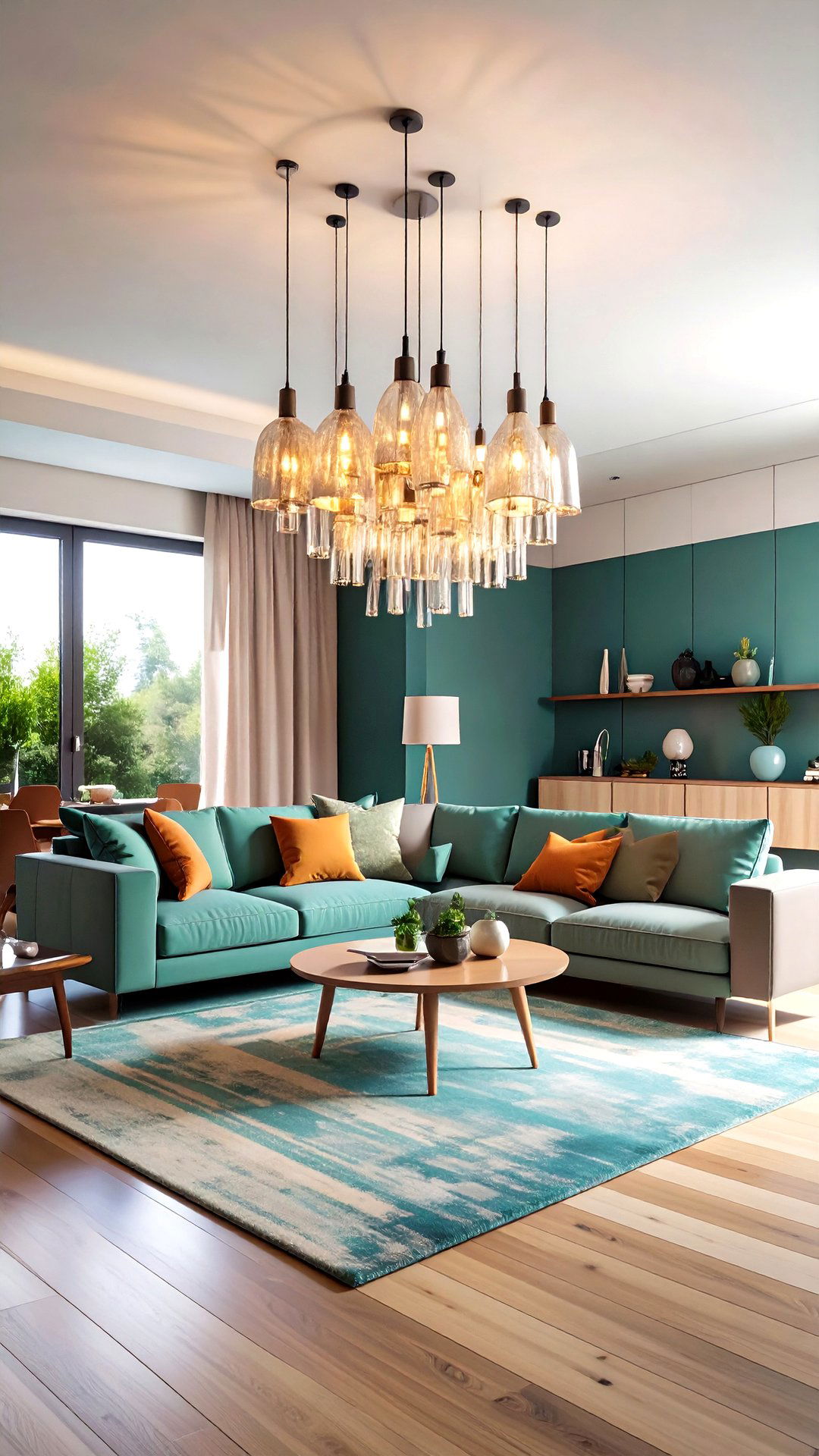
Gone are the days when overhead fixtures merely illuminated; in 2025, asymmetrical chandeliers and geometric pendants become the living room’s centerpiece. Choose pieces made of recycled glass or powder-coated aluminum for eco-cred and dramatic shape. Position the fixture slightly off-center above a coffee table to mimic gallery placement, then dim bulbs to accentuate form rather than brightness. Complement the main piece with minimalist floor lamps on opposite corners, creating balanced light layers. Finally, mirror metallic accents elsewhere — picture frame edges, thin console legs — to echo the luminaire’s artistry without overwhelming the room.
4. Modular Sofas for Flexible Layouts
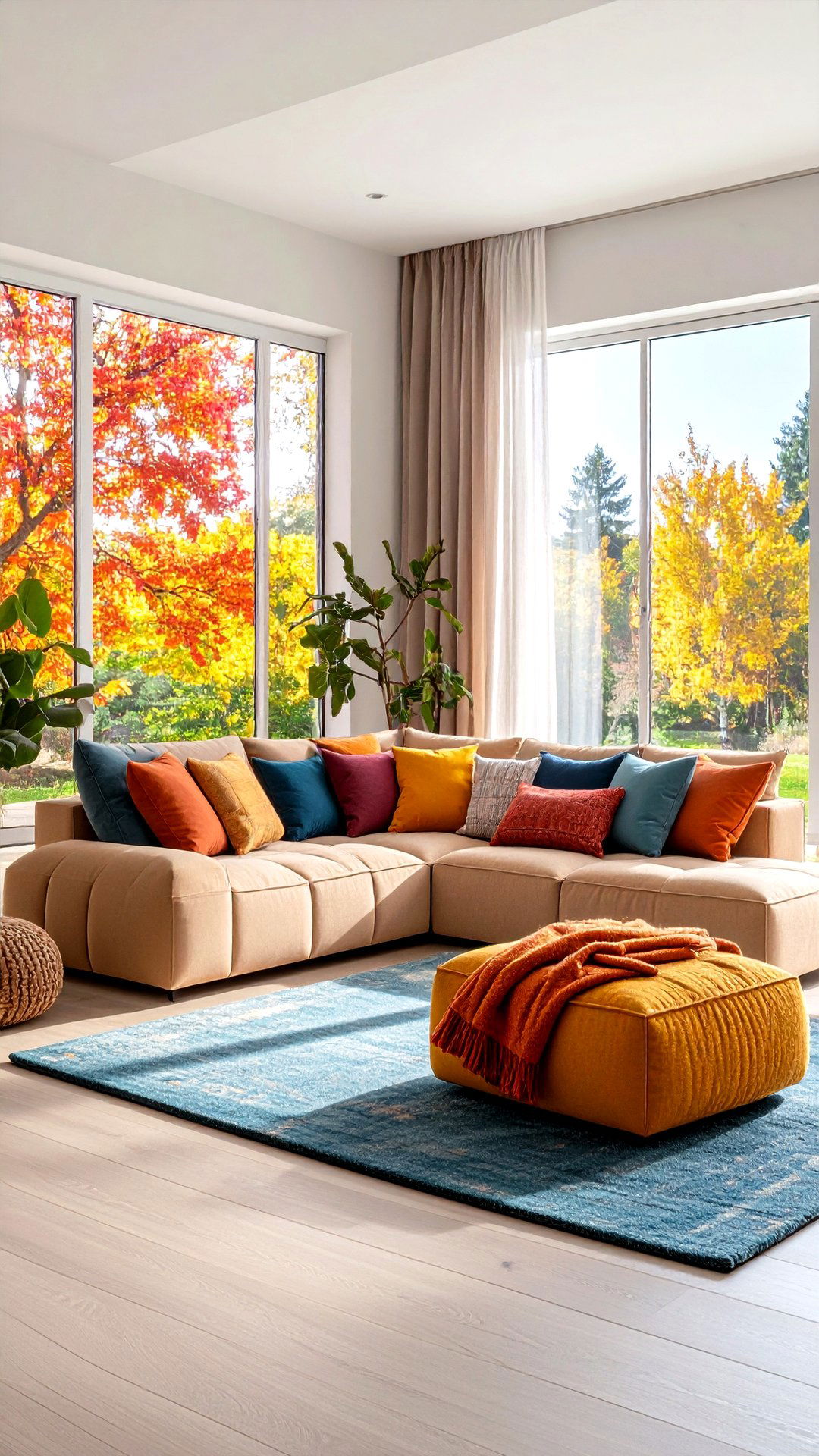
Modern life shifts quickly, and a modular sofa lets your living room keep pace. Look for lightweight sections with hidden clips, so pieces lock firmly yet separate easily for cleaning or party reconfiguration. A chaise segment can migrate beside a window for solo reading afternoons, while ottomans double as impromptu side tables when topped with a tray. Choose durable, stain-resistant fabric in a mid-tone hue; entrances of kids or pets won’t undo your aesthetic strides. When friends crash overnight, simply slide segments together and add oversize throws for an impromptu guest bed.
5. Bold Maximalist Patterns That Sing
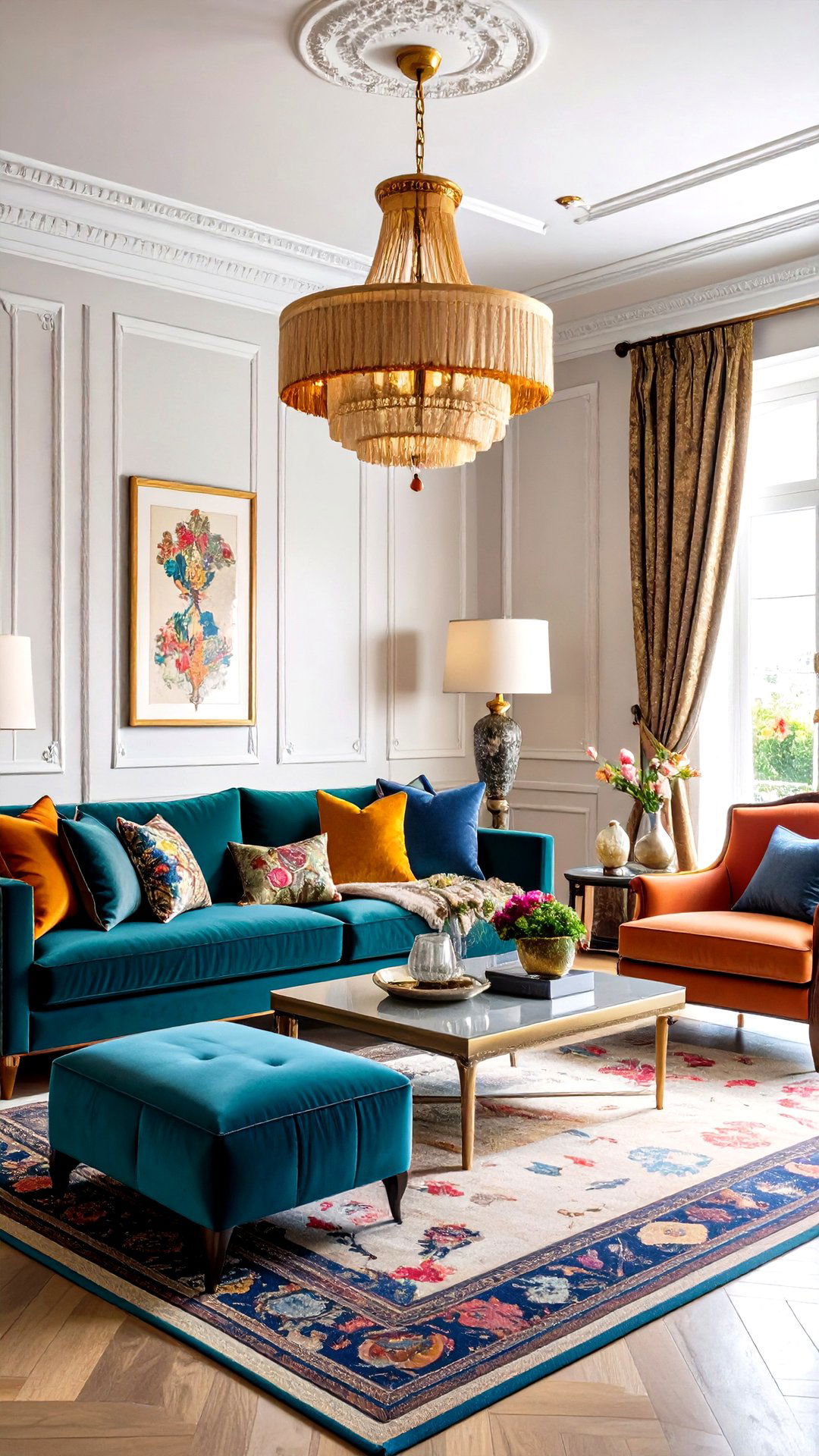
Despite years of pared-back palettes, maximalism’s comeback invites unapologetic personality into the living room. Start with a single hero pattern — perhaps a jewel-toned damask wallpaper — then pull accent colors into velvet cushions, fringed lampshades, and vintage glassware. Mix scales intentionally: large botanical prints on curtains offset smaller geometrics on a tufted armchair. Metallic gold picture rails add subtle gleam and separate visual zones so exuberance feels curated, not chaotic. If commitment scares you, experiment first with peel-and-stick murals; you’ll discover how delightful pattern layering can feel before making permanent investments.
6. Biophilic Green Corners for Fresh Energy

Integrating biophilic principles into a living room does more than decorate — it improves air quality and mood. Cluster plants with varying heights: a tall fiddle-leaf fig anchors, mid-level pothos cascades down shelves, and arrowhead vines fill tabletop planters. Use baskets and ceramic pots in similar tonal families so foliage stays focal. Situate greenery near east-facing windows where morning light is abundant yet gentle, and rotate pots monthly to encourage balanced growth. With small floor space, mount vertical garden panels; they free room while providing lush texture reminiscent of an indoor courtyard.
7. Sustainable Vintage Finds With Character
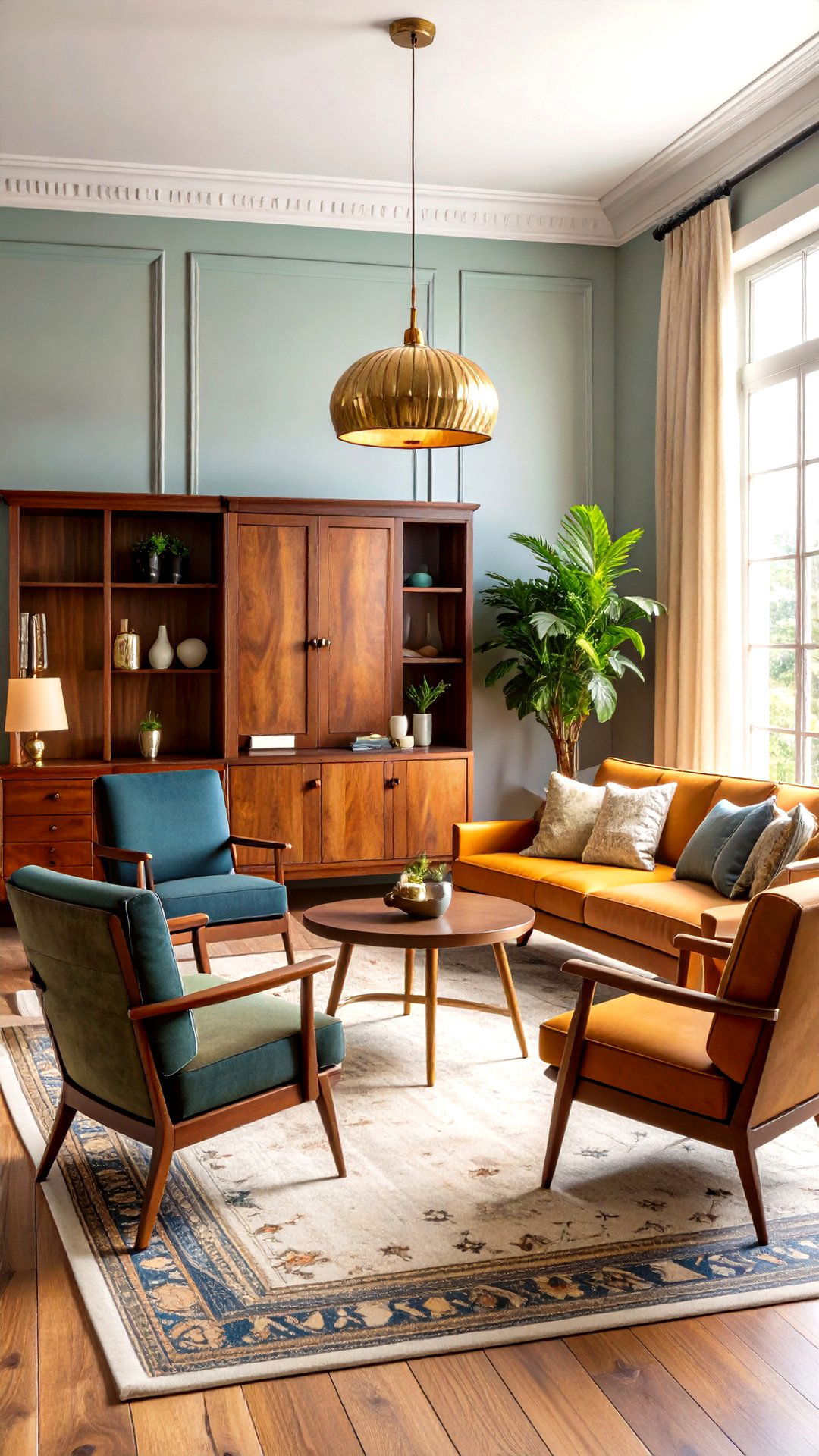
Pre-loved furniture infuses a living room with stories modern replicas can’t match. Scan local auctions for solid-wood credenzas, then sand and oil surfaces to revive grain without harsh chemicals. Upholster secondhand armchairs in upcycled denim or hemp blends, adding brass casters for subtle glam. Vintage pieces often arrive with minor quirks — scratches or hardware patina — but celebrate them as proof of authenticity. Position one standout antique, like an art deco bar cabinet, against contemporary pieces; the contrast highlights both eras and underscores your commitment to reducing environmental footprint through reuse.
8. Layered Textures: Bouclé, Linen, and Cane
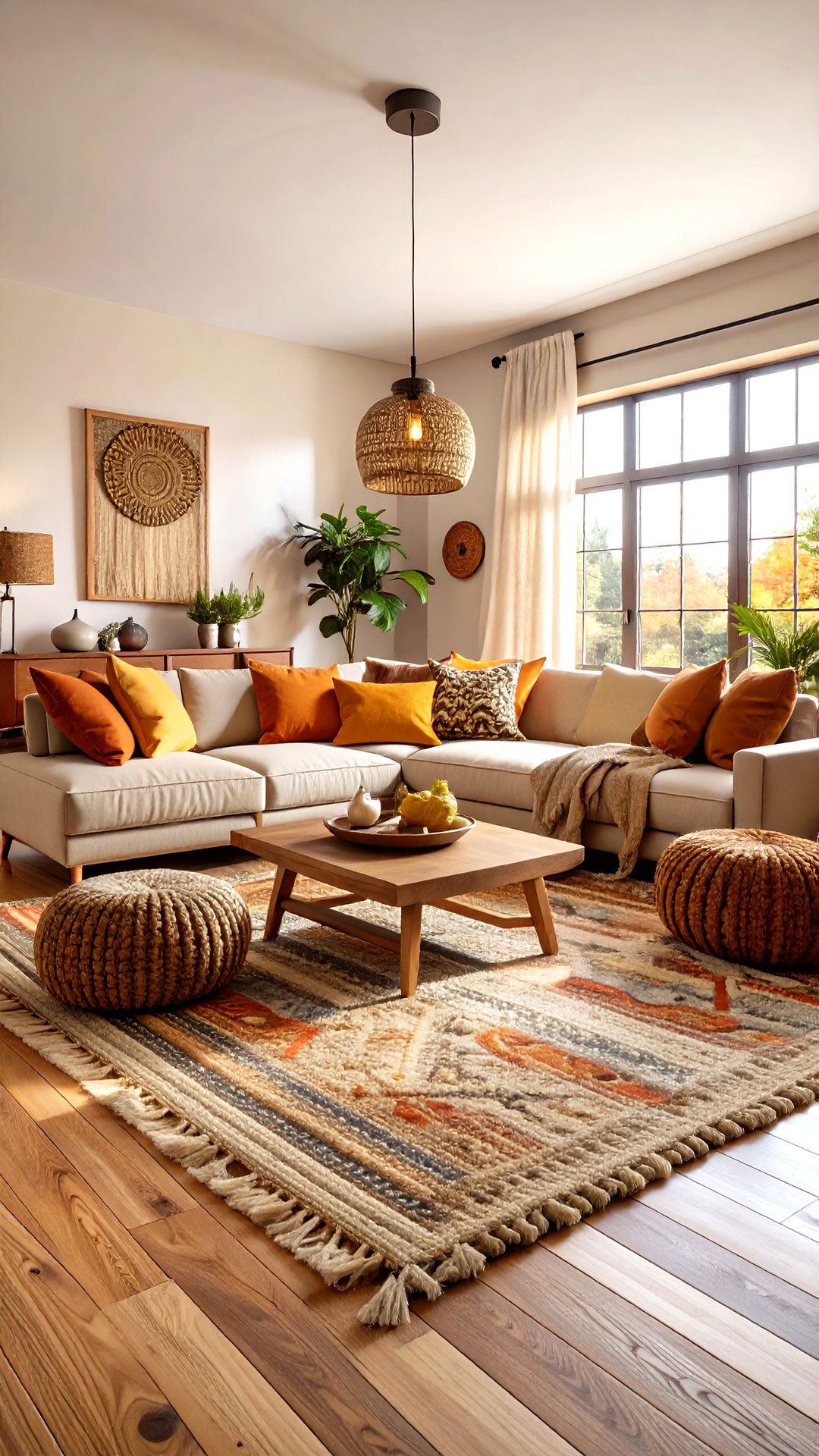
Texture layering prevents all-neutral living rooms from looking bland. Begin with a chunky bouclé sofa, then drape a gauzy linen throw across its back for tactile contrast. Cane-back lounge chairs introduce airflow and retro vibe, while a jute-wool blend rug grounds the seating zone. Keep surfaces cohesive by sticking to natural, matte finishes rather than high gloss. Better yet, incorporate a softly hammered metal side table — its subtle sheen adds depth without departing from the earthy aesthetic. The secret is mixing tactile interest vertically, from floor to ceiling, so every glance reveals quiet richness.
9. Hidden Tech for Seamless Smart Living
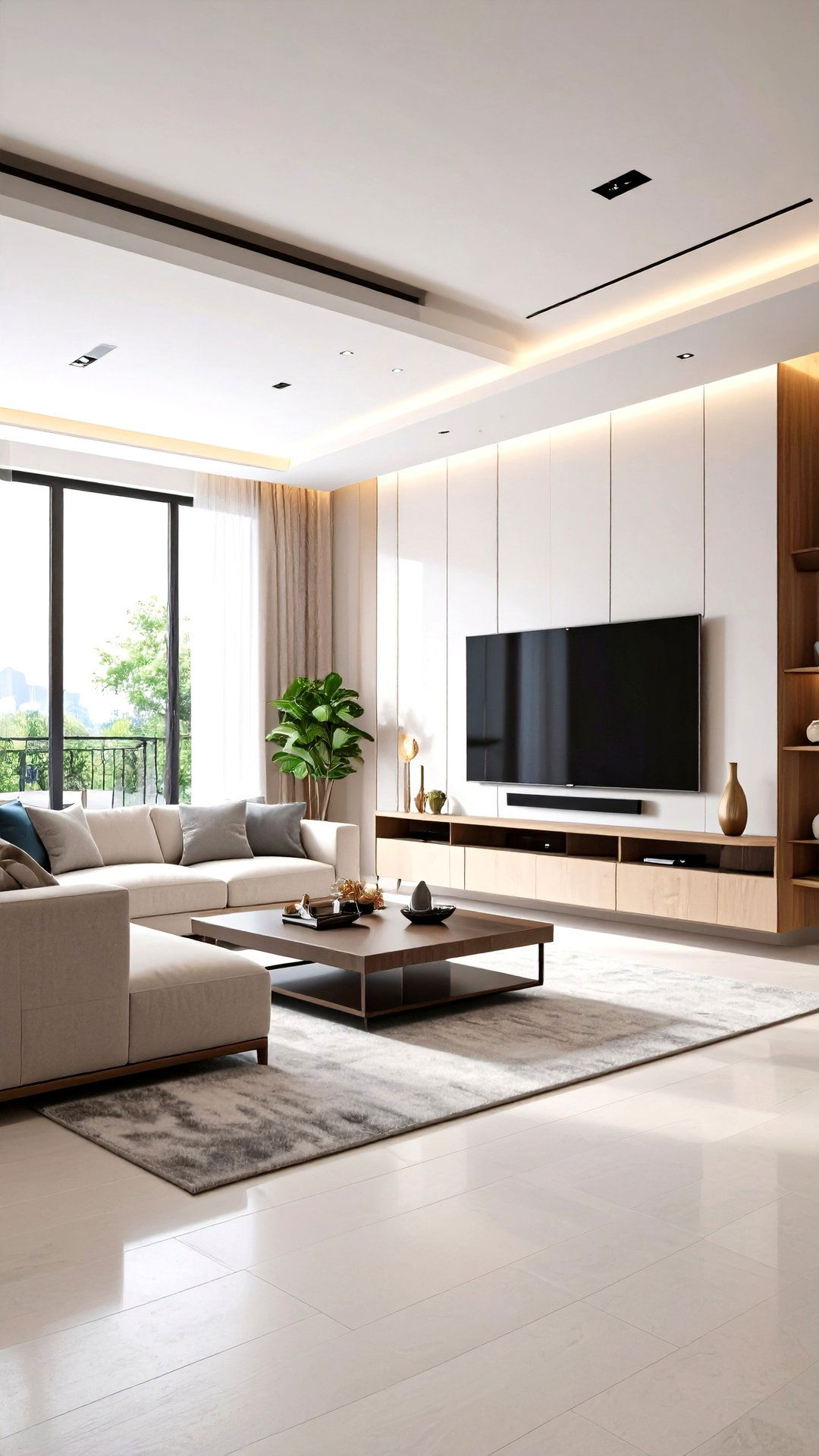
Smart homes thrive when technology disappears into design. Conceal television screens within mirrored frames that, when off, reflect ambient light instead of black boxes. Select low-profile soundbars finished in fabric that matches your sofa, allowing audio prowess to blend with décor. Cable management grommets drilled behind consoles keep wires invisible, while smart plugs controlled by voice reduce clutter from bulky power strips. Even your thermostat can hide behind custom milling, leaving only a discrete touchstrip. The result is a living room marrying cutting-edge convenience with an uncluttered, aesthetic calm.
10. Grandmillennial Accents Reimagined
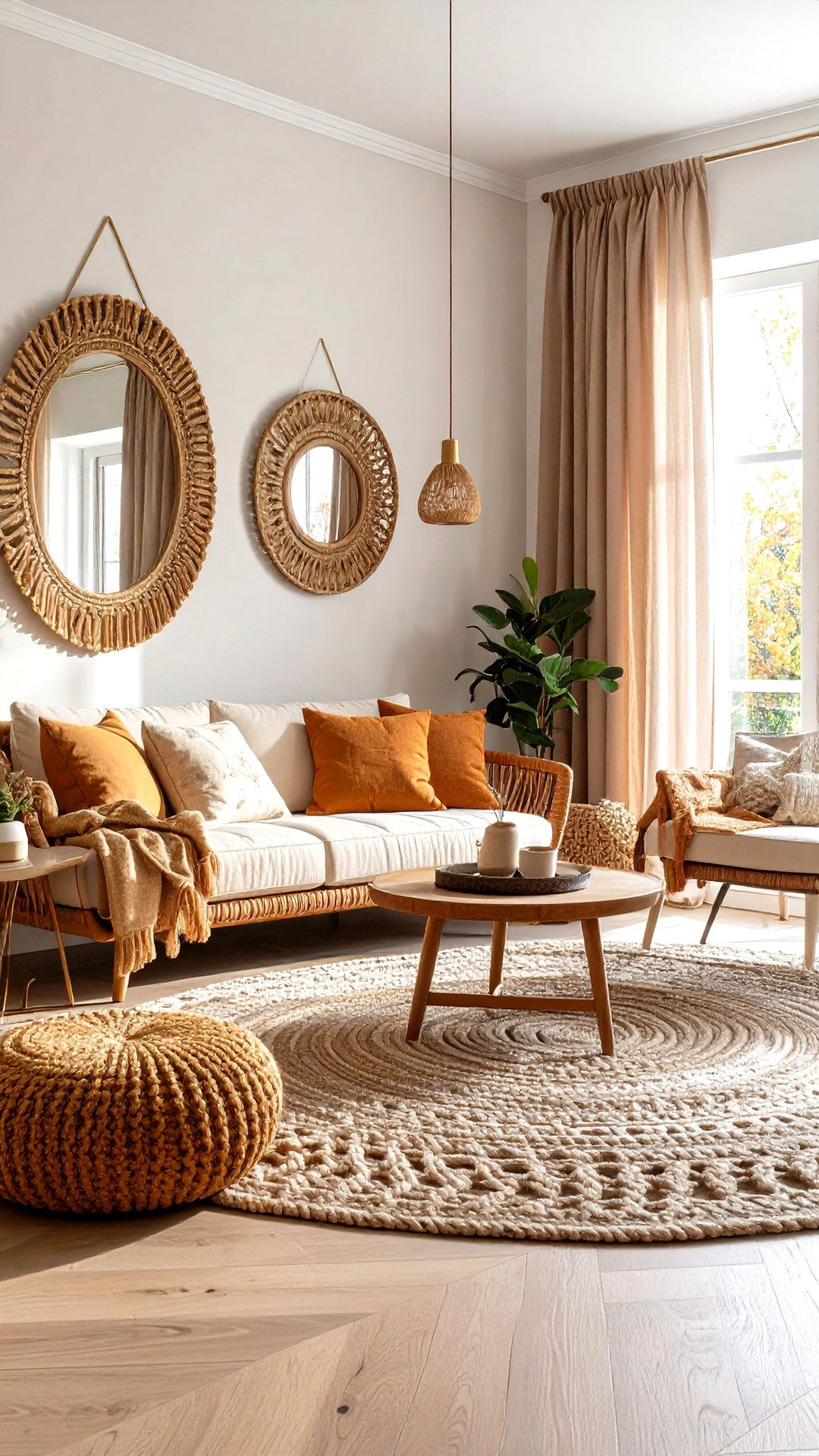
If floral chintz and ornate trims feel nostalgic, you’re channeling grandmillennial flair — just update proportions for a fresh living room vibe. Reupholster a curved sofa in modern cotton-linen toile, pairing it with sleek Lucite side tables to balance old and new. Replace heavy drapes with airy cotton prints on brass café rods to keep pattern without blocking light. Mix contemporary artwork among gold-leafed mirrors to avoid museum effect. Finally, lean into craftsmanship: a hand-crocheted throw made by a relative becomes both design element and sentimental anchor, embracing heritage without stuffiness.
11. Sculptural Coffee Tables That Wow
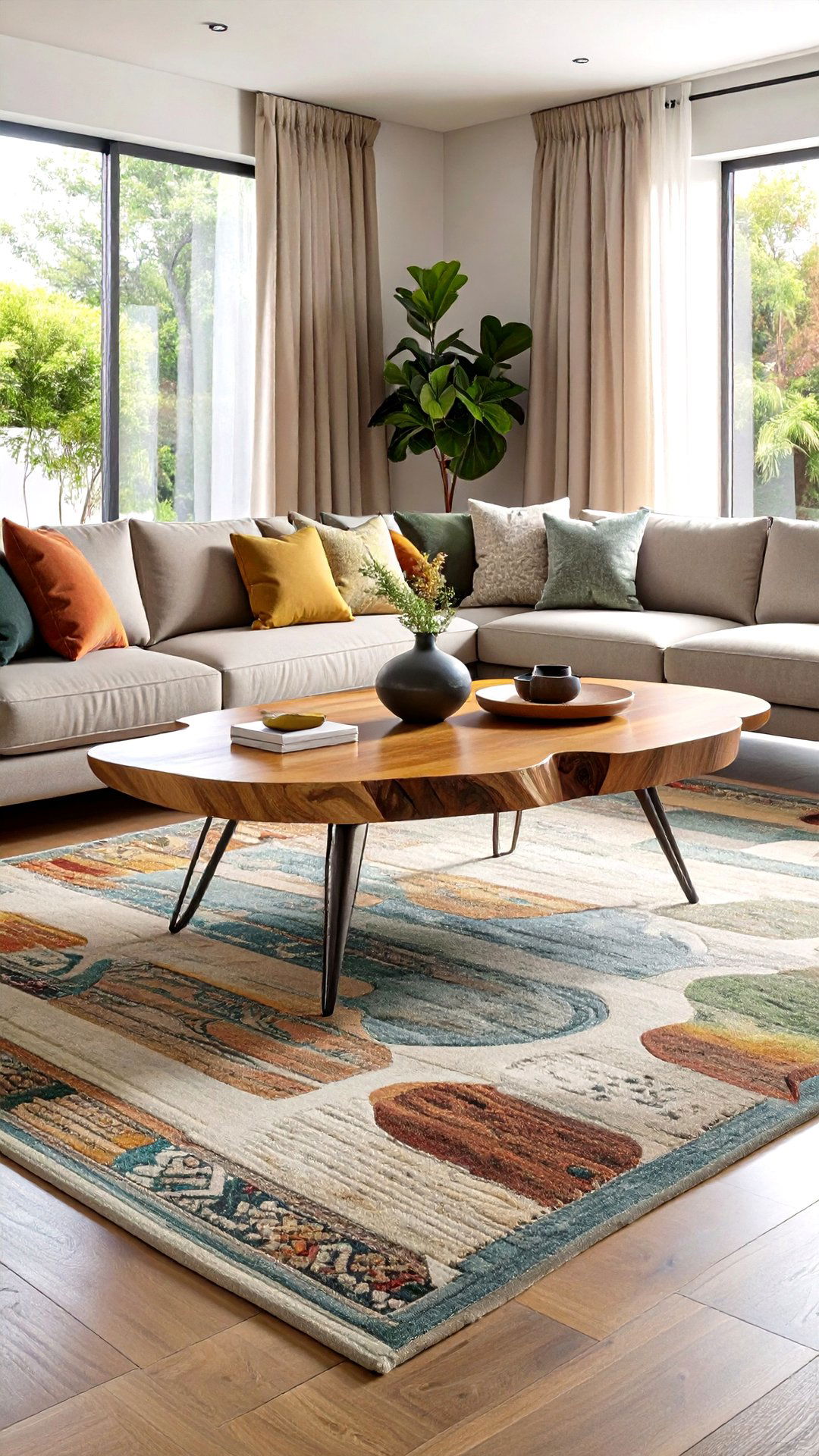
A coffee table can operate like gallery art when chosen for form as much as function. Think biomorphic resin bases topped with clear glass, allowing the silhouette to shine unobstructed. Alternatively, a live-edge slab on hairpin legs offers organic drama in a minimalist living room. Ensure practicality by maintaining adequate surface area for trays and mugs; sculptural need not mean unusable. Ground the table with a low-pile rug so legs don’t snag, and flank with slimmer sofas to keep focus central. This single centerpiece elevates everyday lounging into curated experience.
12. Coastal Calm Without Cliché
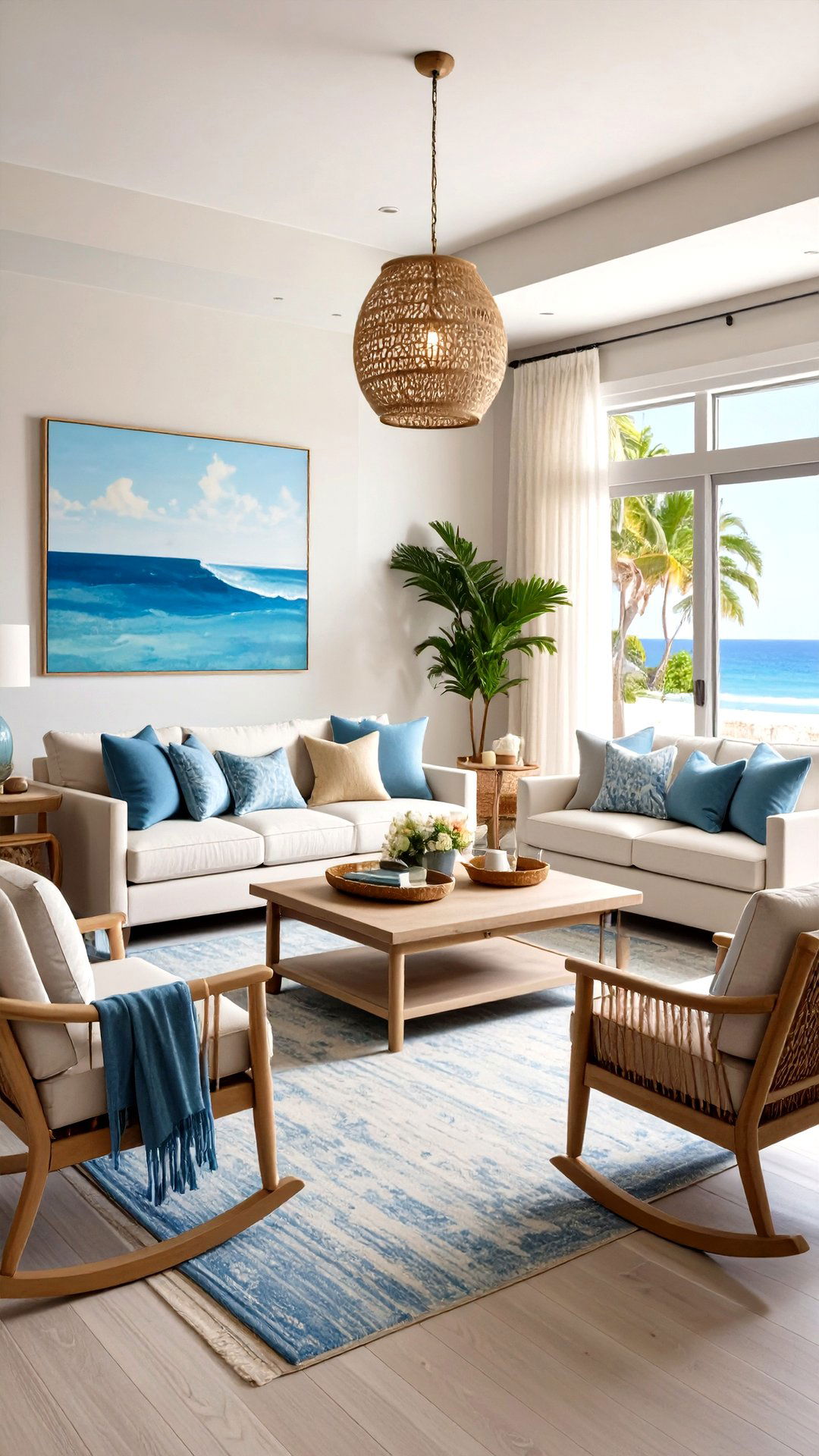
Evoking seaside serenity in a living room no longer requires overt anchors or rope knots. Choose a palette of whispery sands, gentle blues, and sun-bleached driftwood tones, then introduce texture through rattan rocker chairs and linen slipcovers. Avoid kitsch by keeping nautical references minimal — perhaps a single vintage seascape painting instead of scattered shells. Use sheer white curtains that billow softly when windows open, creating breezy movement reminiscent of shoreline airflow. A stack of well-loved sailing novels on the coffee table subtly nods to maritime inspiration while maintaining sophisticated restraint.
13. Warm Metallic Touches for Subtle Shine
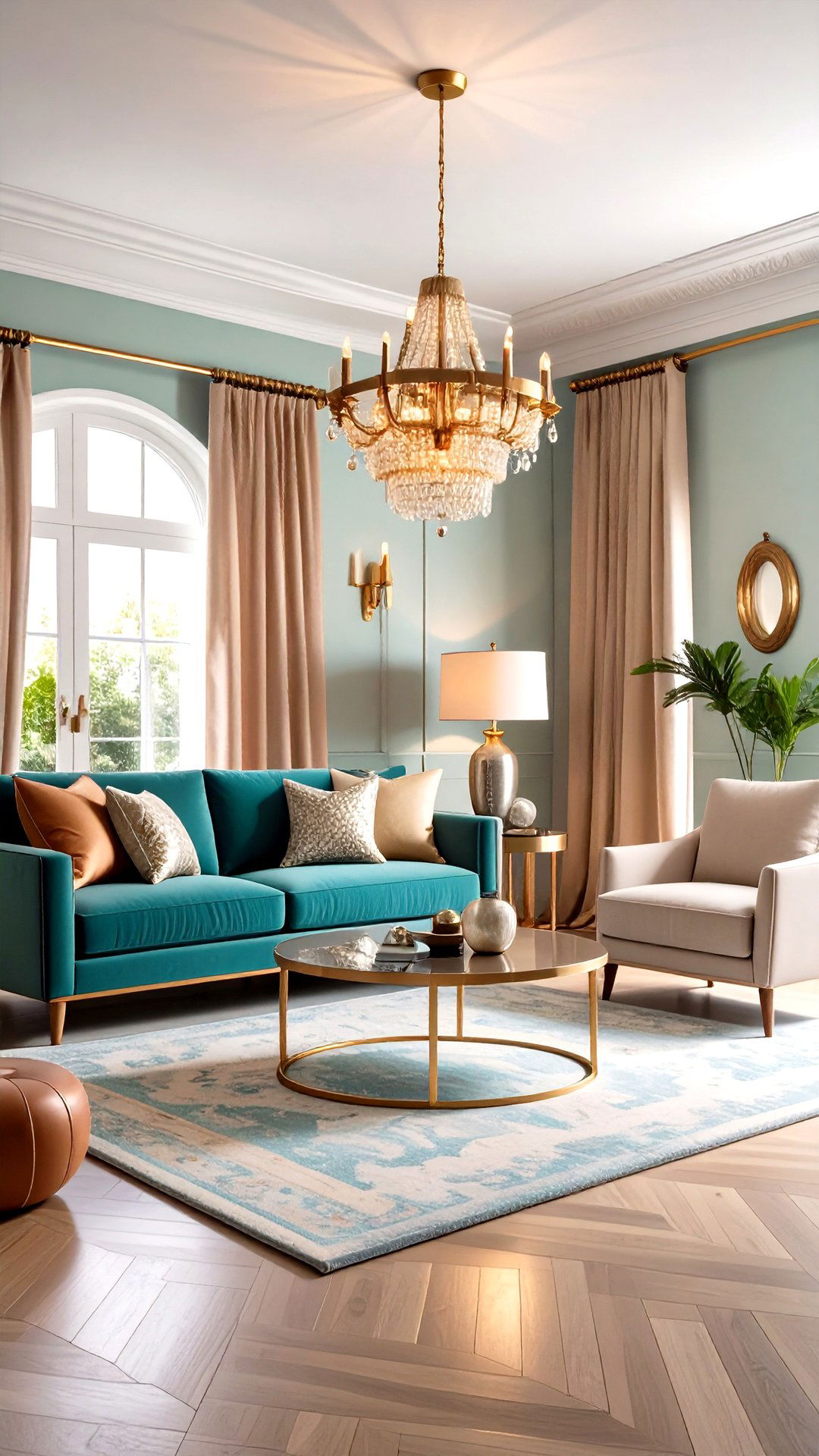
Brushed brass, warm pewter, and antique copper add luxe notes to a living room without overwhelming subtle palettes. Swap standard curtain rods for slim brass tubes, then echo the finish on a svelte floor lamp base and picture frame inset. Integrate metals in small bursts — drawer pulls, coasters, or planter stands — so gleam feels intentional rather than flashy. Pair metallic surfaces with natural textures like wool or reclaimed wood; the juxtaposition amplifies both materials’ beauty. When evening lights hit, metallic accents cast gentle reflections, adding depth and cozy glow throughout the seating zone.
14. Monochrome Minimalism With Graphic Edge
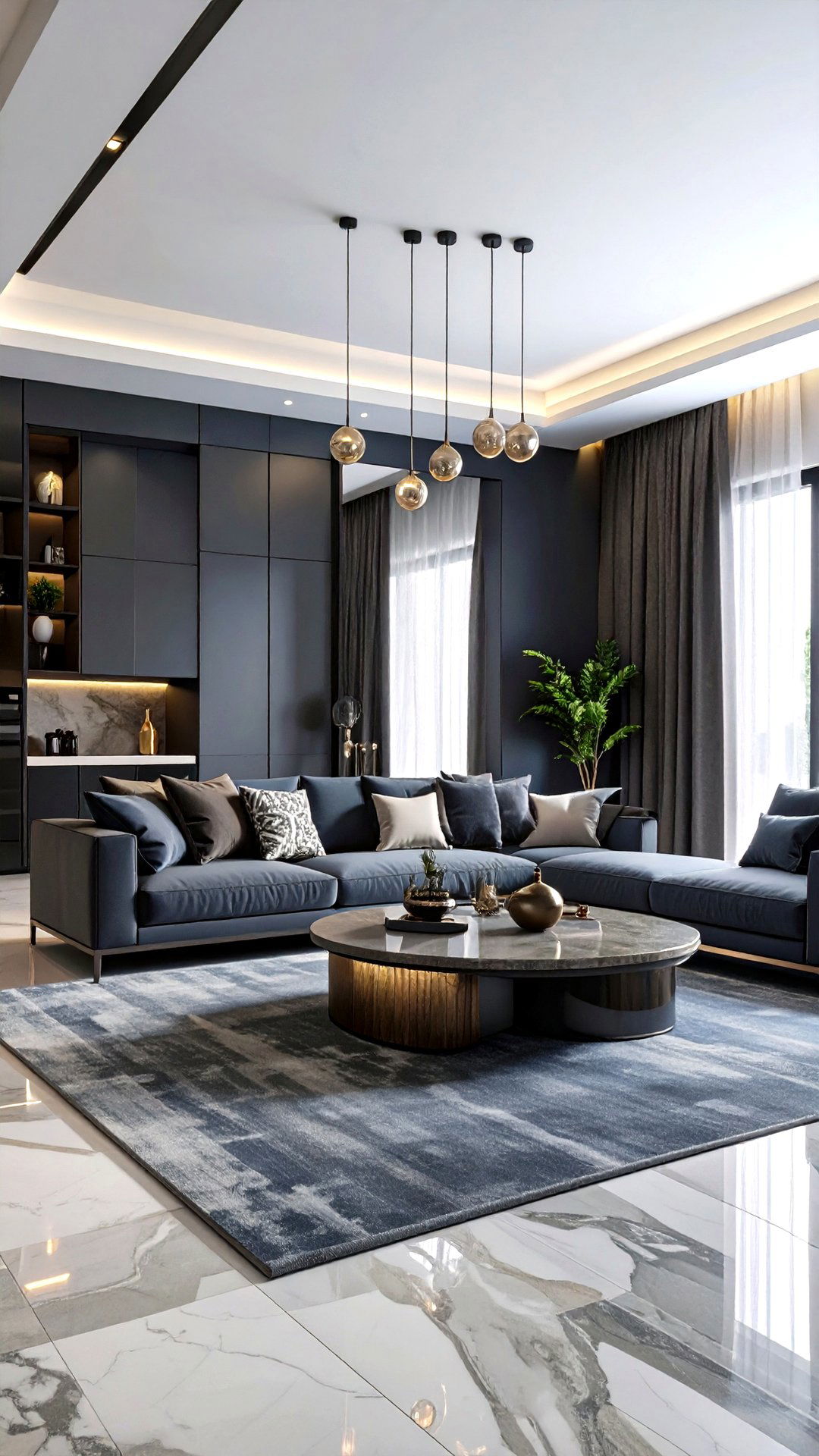
A single-color scheme can feel anything but boring when you vary value and surface. Paint living room walls matte charcoal, then introduce graphite velvet cushions, slate wool throws, and blackened-steel lighting fixtures. Balance dark tones with bright artwork frames or marble end tables to avoid cave-like vibe. Keep lines crisp: a floating media unit and streamlined sofa emphasizing elongated horizontals help the eye rest. Minimal décor means craftsmanship must shine — precisely mitered moldings and impeccably tailored upholstery create luxury through restraint, proving monochrome can shout sophistication in hushed tones.
15. Playful Color Blocking Across Furnishings
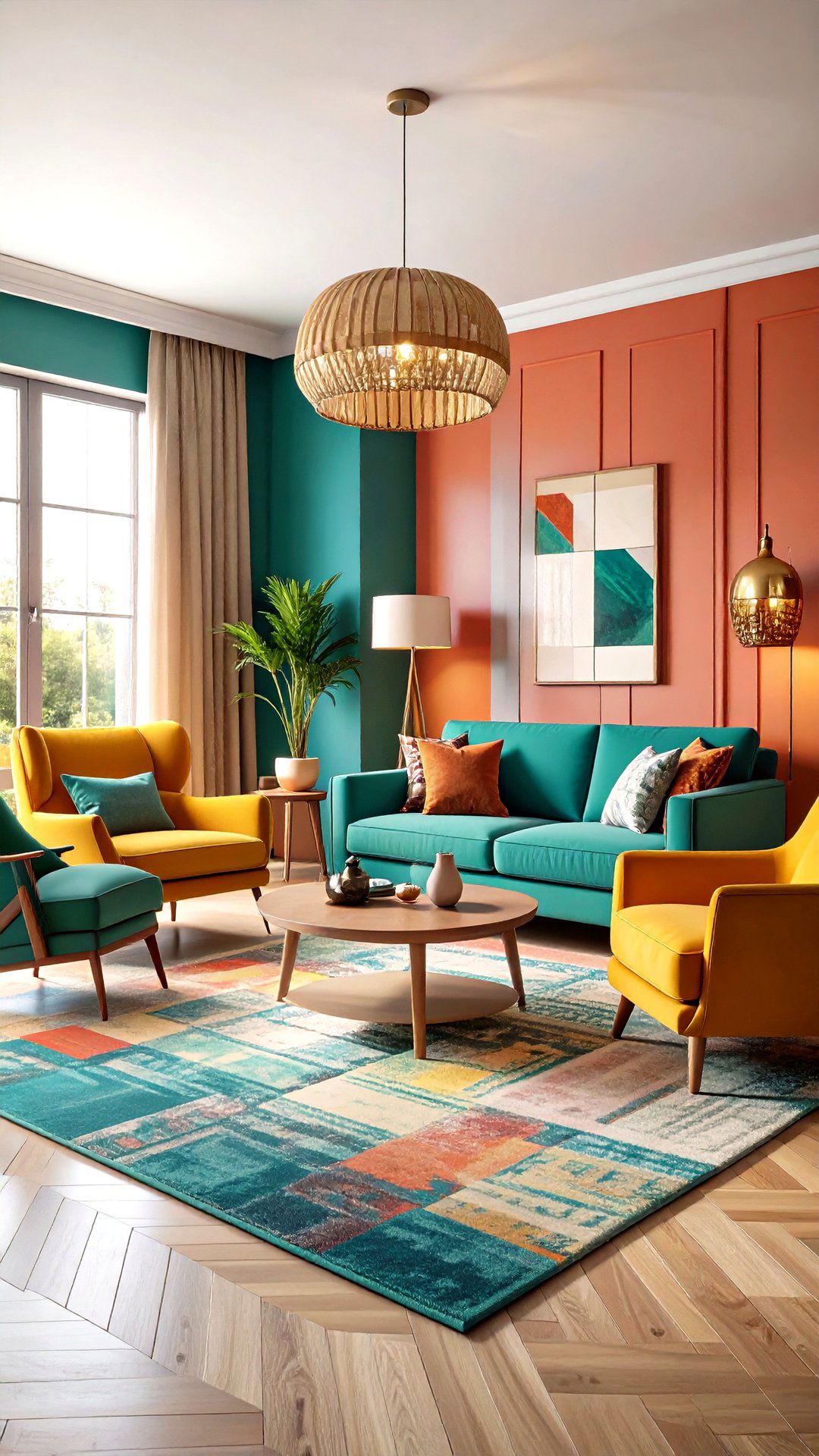
Color blocking lets a living room feel modern, upbeat, and curated in one stroke. Select two or three saturated hues — maybe teal, ochre, and coral — and assign them to large surfaces such as area rugs, armchairs, or bookcase backs. Hard-edged divisions between colors create purposeful geometry; painter’s tape becomes your best ally for straight lines on walls. Unify the look by repeating each shade at least twice to create rhythm. Keep furniture silhouettes clean so eye-catching pigments remain star. With every seating regroup, you’ll feel freshly energized by bold, cheerful contrasts.
16. Built-In Reading Nooks for Quiet Escape

Carving a cozy alcove within the living room transforms unused corners into functional sanctuaries. Install floor-to-ceiling shelving on two sides of a window, then fit a plush bench cushion across the base. Add sconce lighting at shoulder height to avoid shadows while reading. Drawers beneath the bench stash blankets and magazines, ensuring clutter stays tucked away. Choose warm wood tones or paint shelves to match wall color for seamless integration. Even in open-plan layouts, a defined nook invites slower moments, proving aesthetic enhancements can nurture well-being as much as style.
17. Floor-to-Ceiling Curtains That Elongate Space
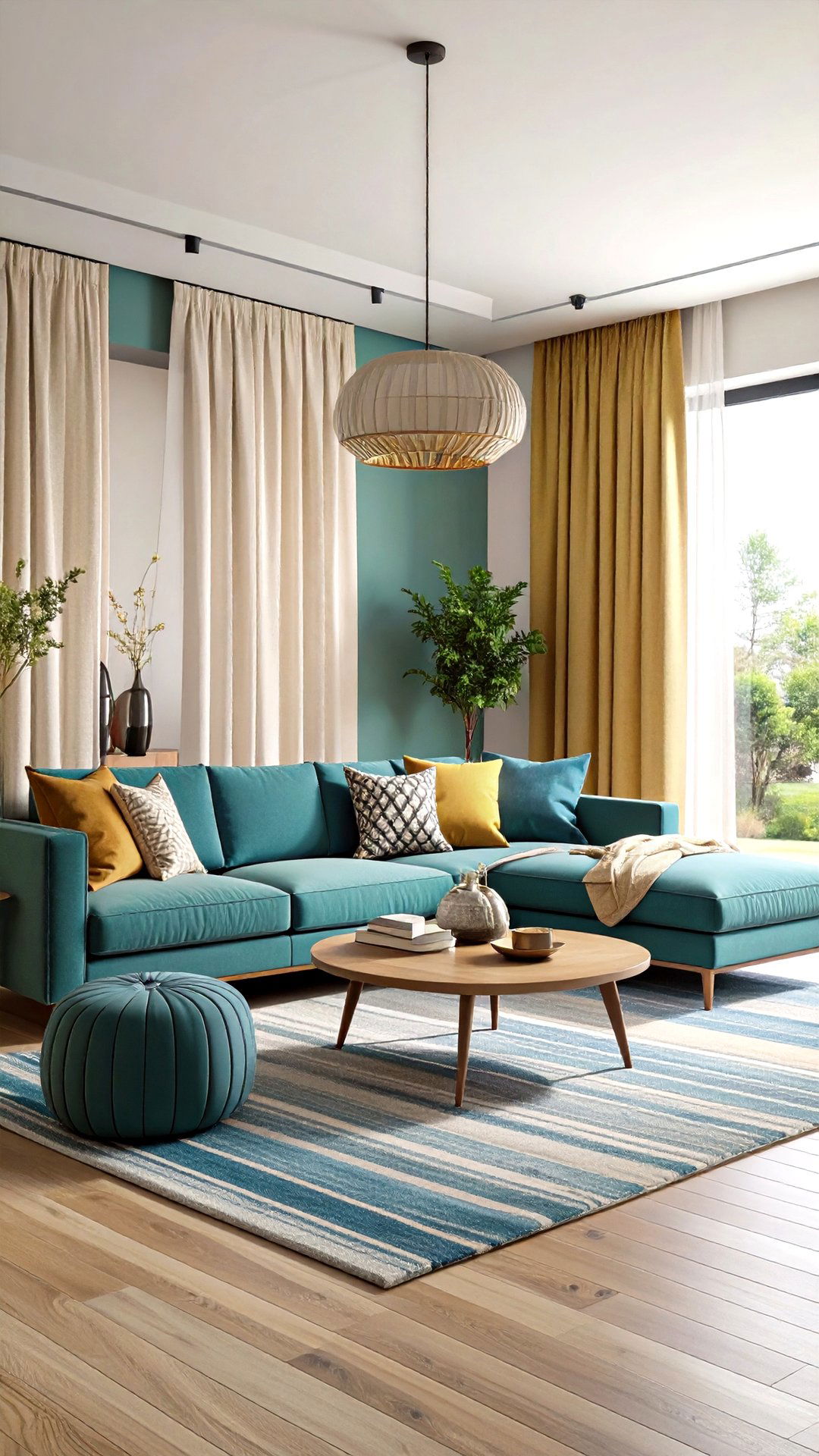
Curtains mounted just below the ceiling trick the eye into seeing taller walls, making a petite living room feel grand. Opt for lightweight fabrics — cotton voile or linen blends — so full-height panels don’t overpower. A subtle vertical stripe further enhances height illusion, while hidden track hardware keeps focus on fabric flow. Ensure puddle length reaches only lightly onto flooring to avoid tripping hazards yet maintain luxe drape. Colorwise, extending wall tone onto curtains results in seamless expanse, whereas contrasting shades create striking architectural frames around windows.
18. Mixed-Material Rugs Build Visual Interest
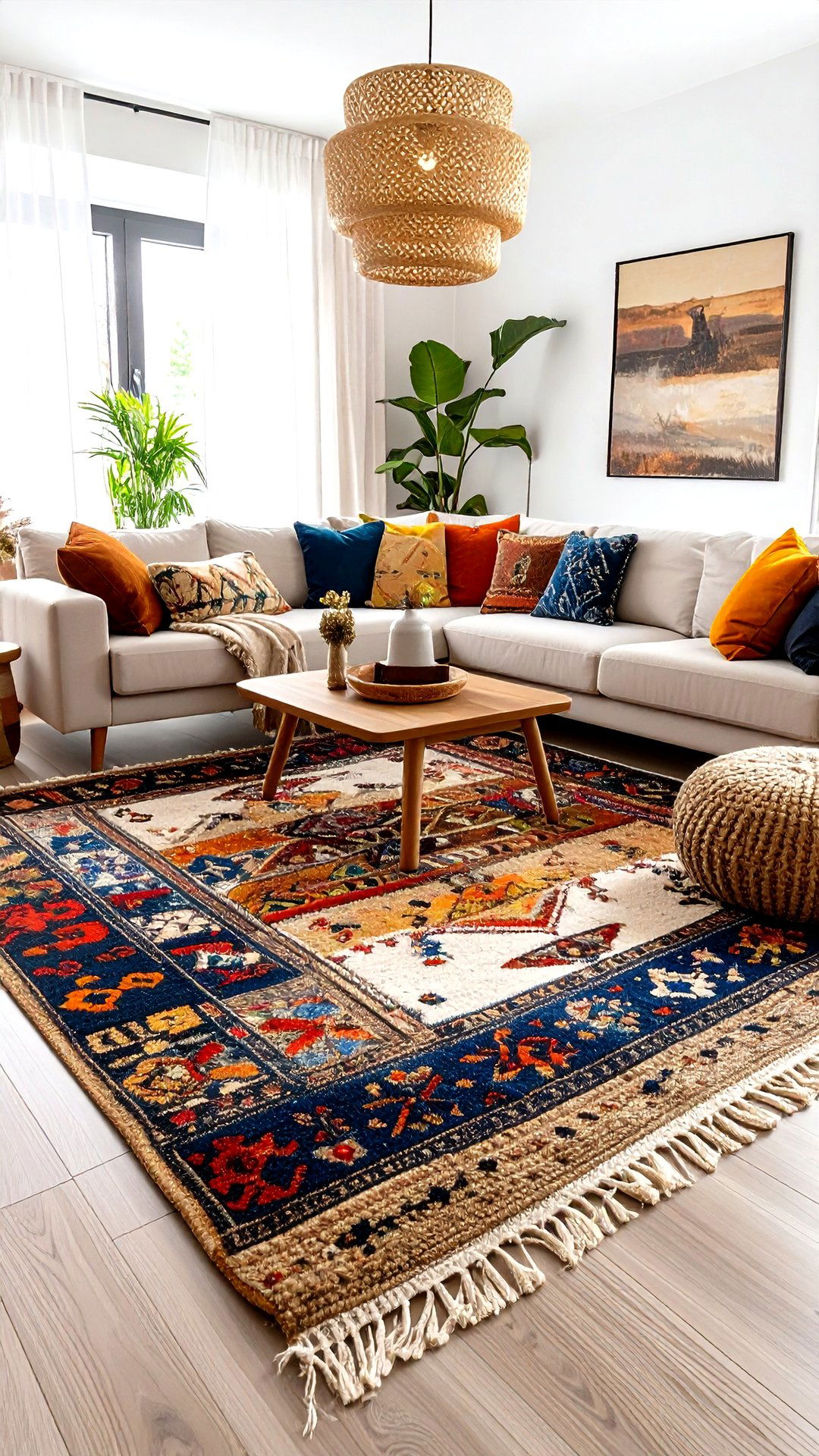
A single rug combining jute, wool, and recycled cotton adds layered dimension underfoot without stacking multiples. Choose designs where natural fibers form the border, and soft wool sits center for comfort beneath coffee table and toes. Alternatively, overlap two rugs — perhaps a kilim atop a neutral sisal — to delineate conversation zones in larger living rooms. Keep palettes complementary: earthy backgrounds let intricate patterns shine. Non-slip pads underneath prevent movement, preserving the crisp lines critical for aesthetic harmony. Regular vacuuming on low suction safeguards delicate weaves and keeps colors vibrantly contrasting.
19. Gallery Walls Showcasing Personal Narratives
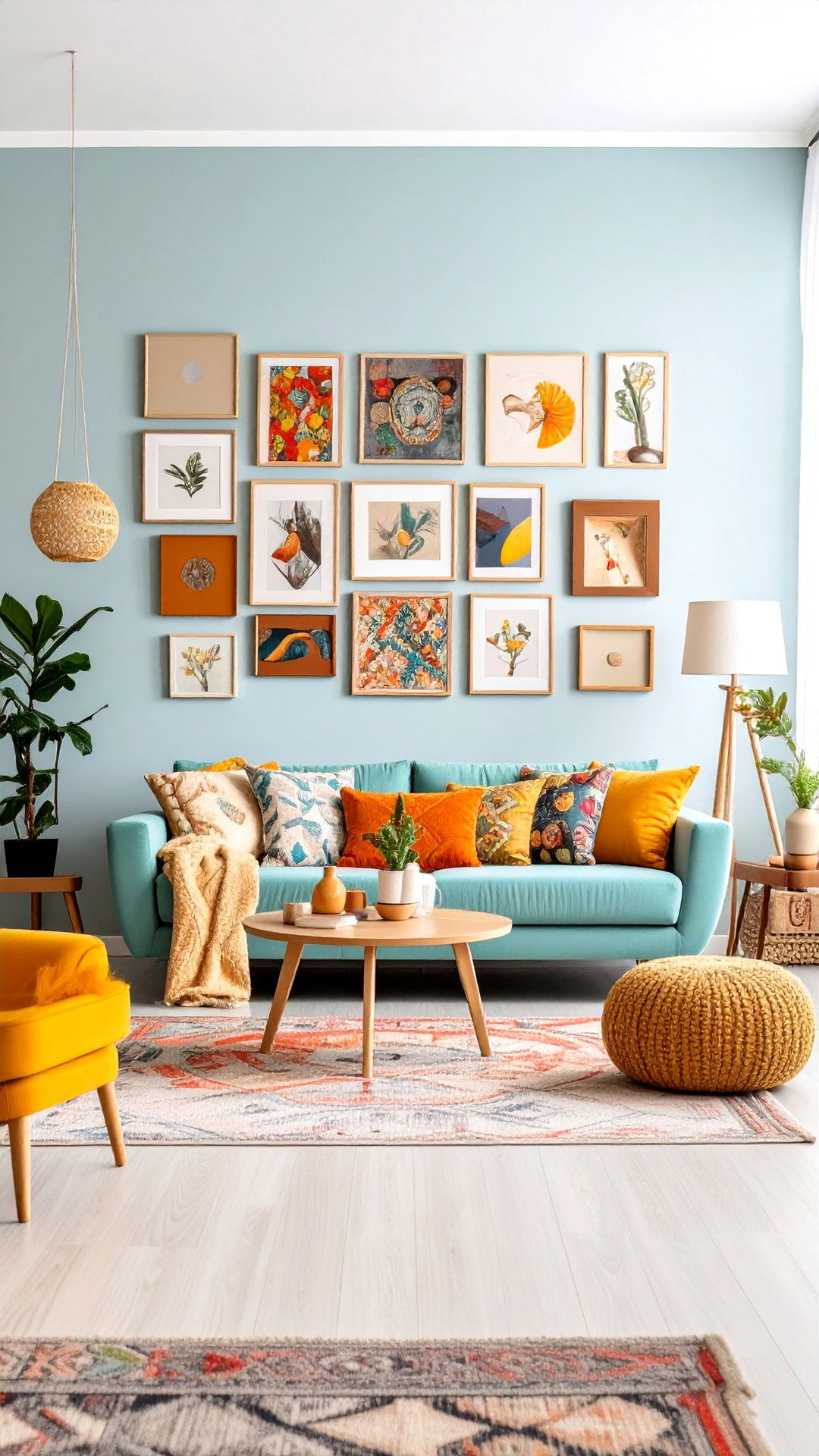
Turning blank walls into visual diaries personalizes a living room faster than new furniture. Mix art prints, family photos, and found objects — ticket stubs, pressed flowers, miniature ceramics — within frames of unified finish. Lay pieces on the floor first to experiment with spacing and hierarchy; anchor composition around one larger center item so eyes know where to settle. Maintain equal margins between frames, and keep top row aligned with the room’s molding line to echo architecture. Swapping pieces seasonally keeps the arrangement dynamic, reflecting evolving stories without structural changes.
20. Curved Silhouettes Soften Hard Lines
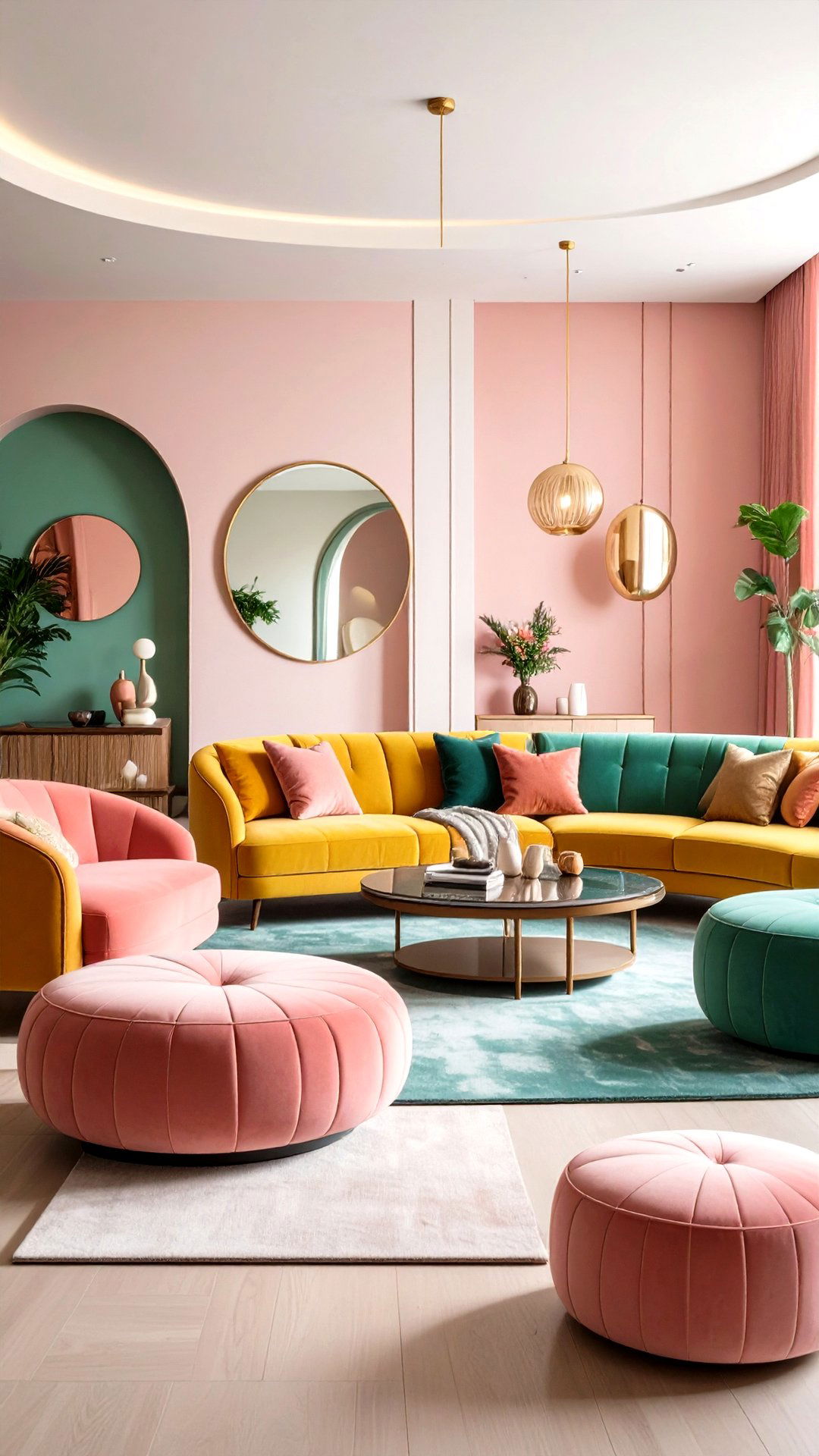
Introducing curves through sofas, armchairs, and arches counters the boxy nature of most living room architecture, promoting flow and relaxation. Select rounded coffee tables or pill-shaped ottomans upholstered in velvet for tactile appeal. If replacing large furniture isn’t feasible, add arched floor lamps and circular wall mirrors to infuse curvature. Position curved pieces where traffic patterns turn; they guide movement naturally and reduce bumped shins. Balance curves with a few linear accents — rectangular art frames or a straight-edged media console — so the overall scheme feels intentional rather than theme-park whimsical.
21. Oversized Artwork as Commanding Focal Point
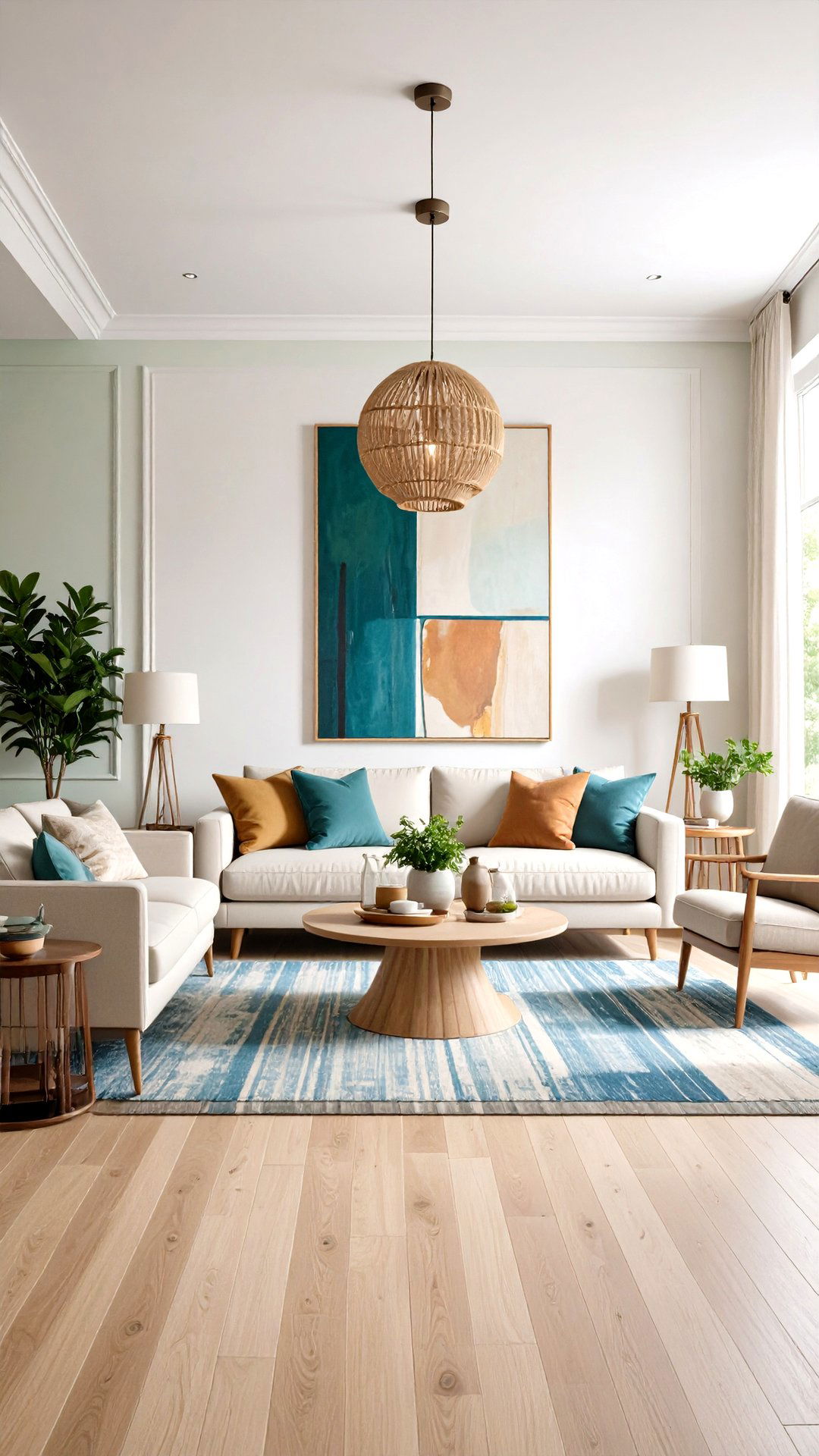
One large canvas or photograph often outperforms multiple small pieces, creating bold statement while minimizing visual clutter. Choose artwork at least two-thirds the width of the sofa to maintain proportion within the living room. If budget constraints loom, commission an emerging local artist or print high-resolution digital art onto stretched fabric frames. Install picture lights above for museum allure, but keep lumens low to prevent glare. When furnishings remain neutral, the oversized piece dictates the room’s accent palette, simplifying cushion and accessory choices and cementing cohesive storytelling.
22. Indoor-Outdoor Flow via Wide Sliding Doors
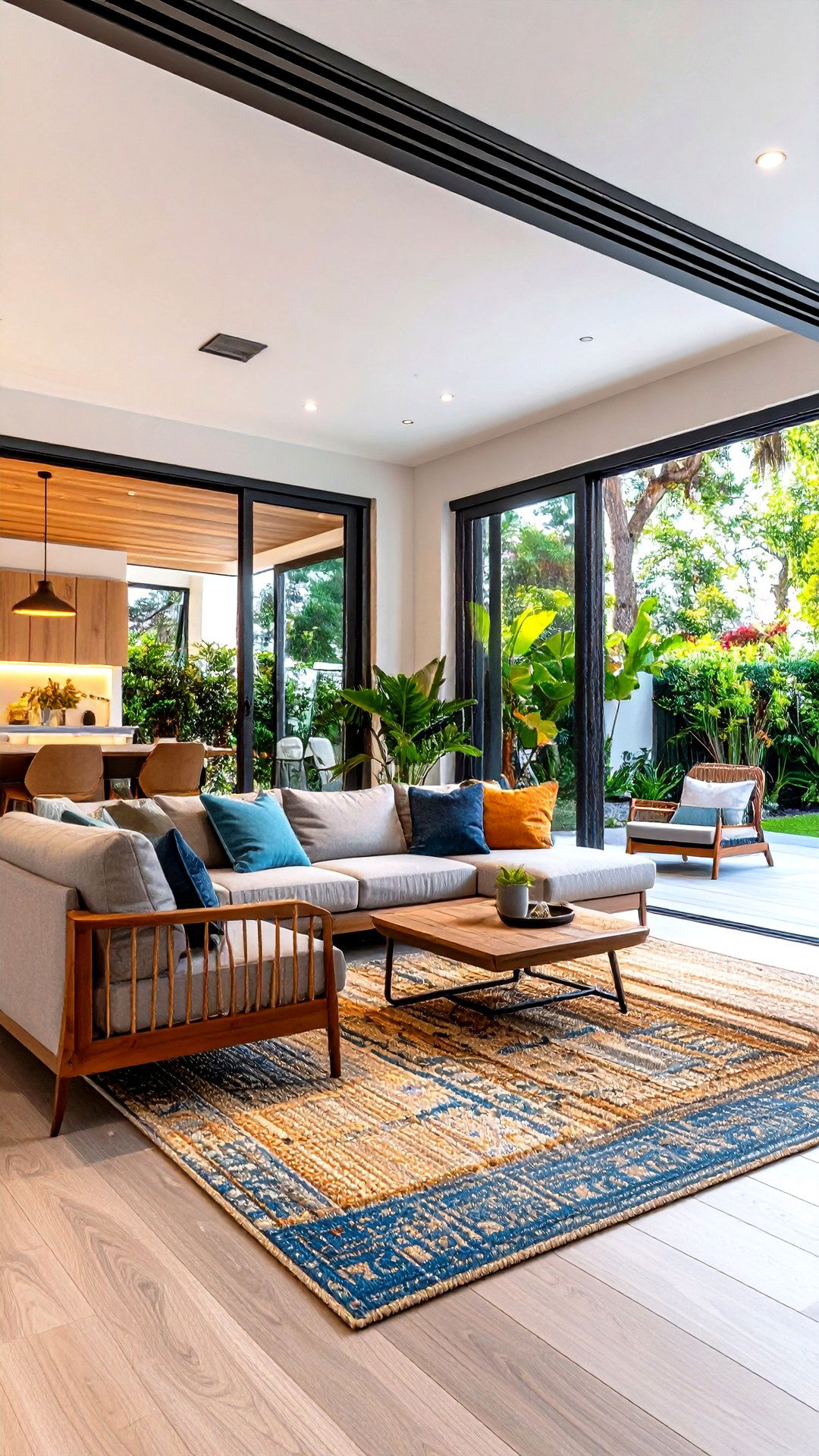
Blurring boundaries between interior and exterior makes a living room feel larger and invites natural light. Install floor-track sliding doors featuring slim aluminum frames for maximal glass exposure. Complement with indoor plants grouped beside the opening to merge greenery vistas. Matching flooring tones — such as porcelain tile continuing onto a patio — visually extend square footage. Lightweight woven outdoor rugs overlap thresholds, ensuring comfort underfoot while unifying zones. Finally, choose furniture upholstery suitable for light moisture so spontaneous al fresco evenings never require hurried cushion removal when dew sets.
23. Clever Storage Hidden in Plain Sight
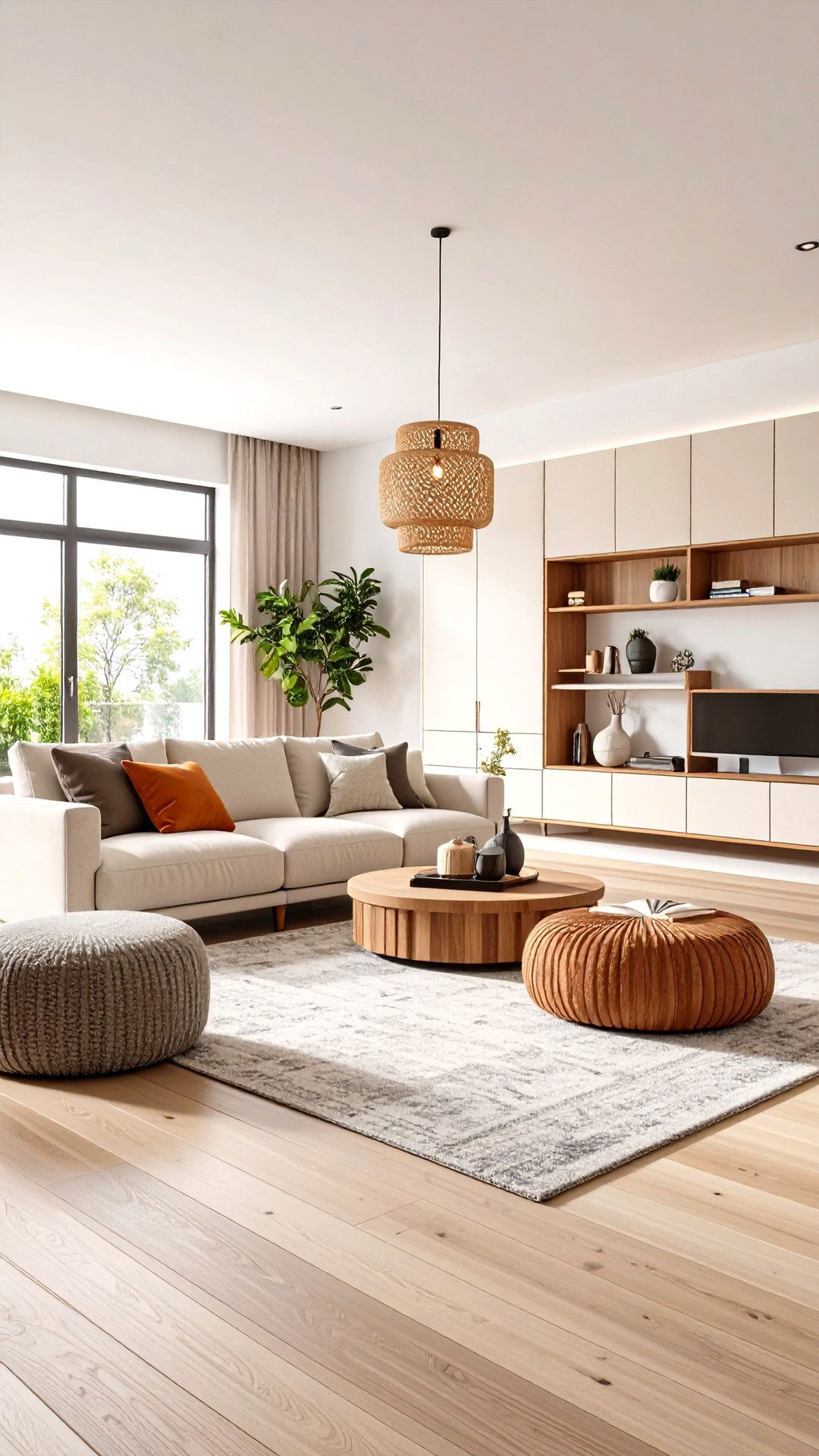
Aesthetic pleasure grows when clutter declines. Incorporate ottomans with lift-top compartments for board games, and select sofas with drawers under seat platforms for extra throws. Floating shelves featuring sliding slat fronts disguise media components while adding texture ribbons across the wall. Paint built-in cabinets the same shade as surrounding walls; uniform color camouflages bulk. Invest in a slim console behind the sofa with concealed charging docks, corralling stray electronics. These discreet solutions keep daily mess invisible, letting your living room’s design elements claim uninterrupted attention.
24. Zoned Lighting Layers for Mood Control
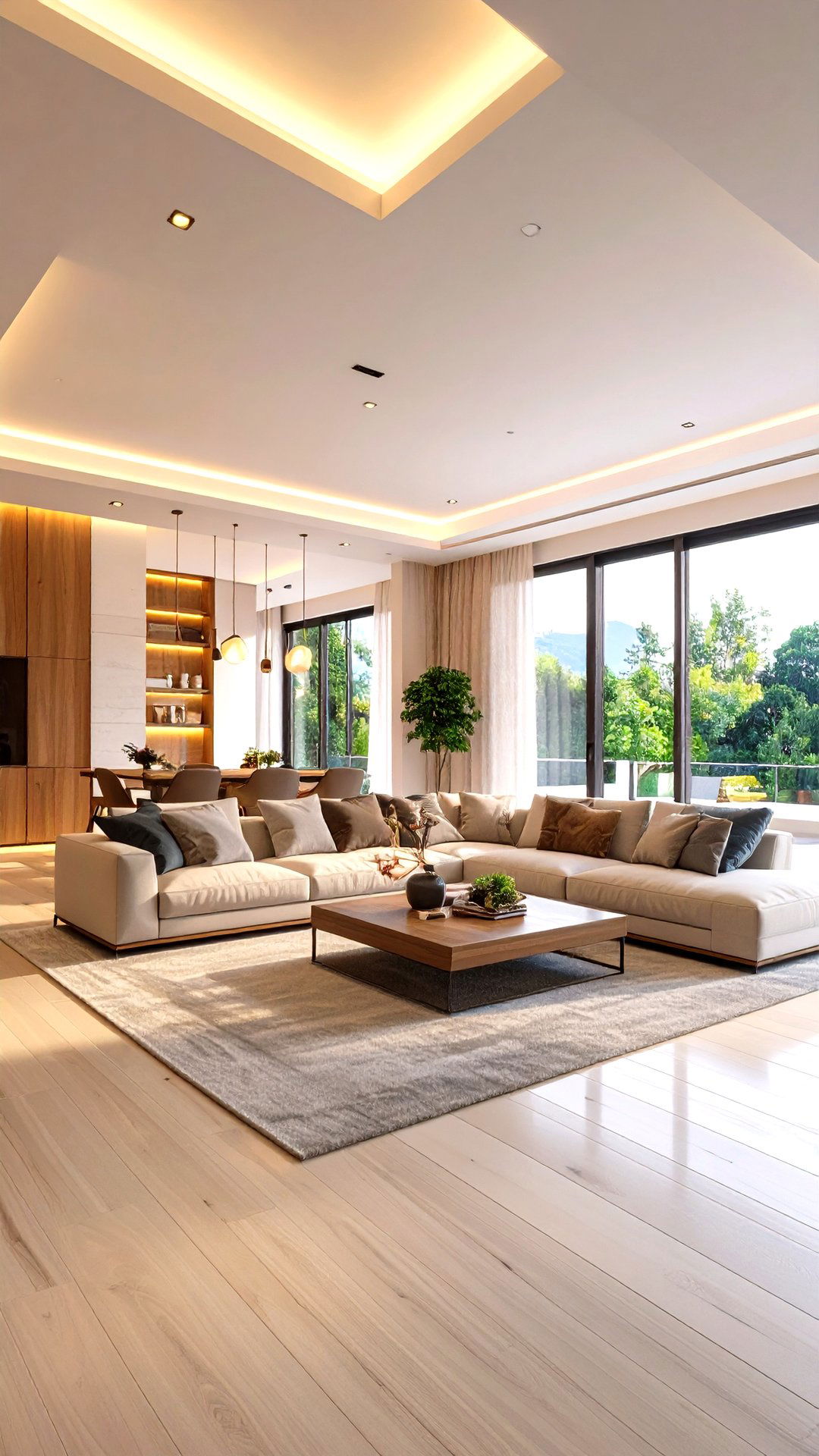
Balanced illumination requires at least three layers: ambient, task, and accent. Start with recessed ceiling lights on dimmers to set overall brightness. Add adjustable swing-arm sconces beside reading chairs for focused tasks, ensuring color temperature matches bulbs overhead. Finish with strip LEDs tucked behind sconces or in bookcase coves, casting gentle glow that highlights architectural features without harsh glare. Employ smart controls to shift scenes — from movie night warmth to daylight-mimicking productivity — without fiddling with switches. Your living room becomes a chameleon, adapting to every activity with flattering radiance.
25. Curated Collections Tell Authentic Stories
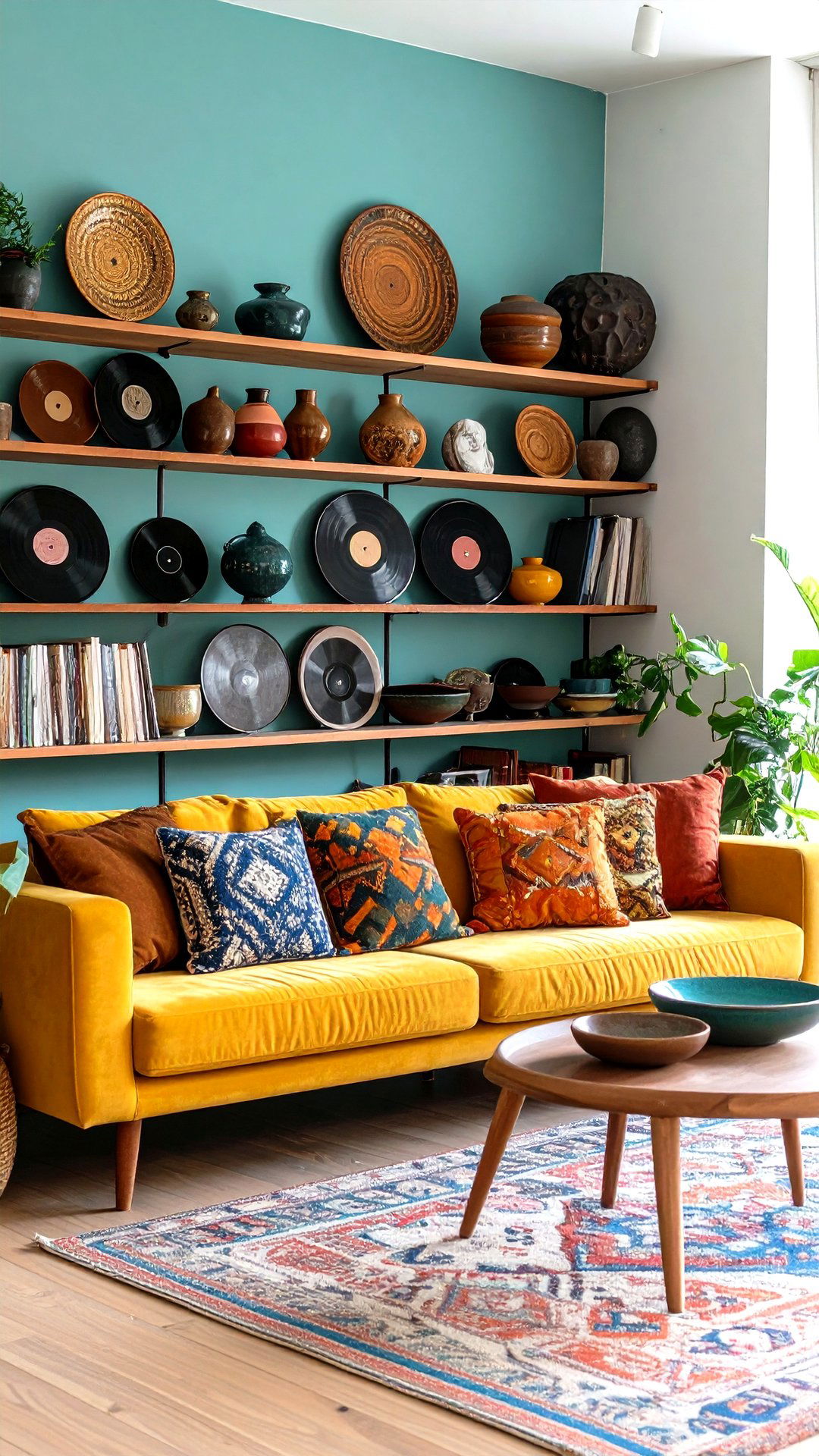
Displaying meaningful objects — ceramic bowls from travels, inherited vinyl records, or artisanal pottery — grounds a living room in personal history. Curate by theme or palette rather than filling every shelf; white space lets prized pieces breathe. Use varying heights and textures: a matte vase beside a glossy sculpture creates subtle dialogue. Rotate items seasonally to prevent visual fatigue and ensure each object enjoys its moment center stage. When friends visit, collections spark conversation, transforming aesthetic décor into narrative bridge and proving that the most compelling designs reflect genuine lives.
Conclusion:
These twenty-five living room ideas prove aesthetic upgrades needn’t demand sweeping renovations — small, thoughtful choices in color, texture, lighting, and layout can dramatically shift atmosphere while honoring budget and environment. Whether you lean minimalist, maximalist, or somewhere between, the guiding principle is intentionality: select pieces and palettes that echo your lifestyle, support comfort, and tell your unique story. By mixing sustainable practices with bold self-expression, you’ll craft a living room that feels refreshingly current yet authentically yours long after trends evolve.


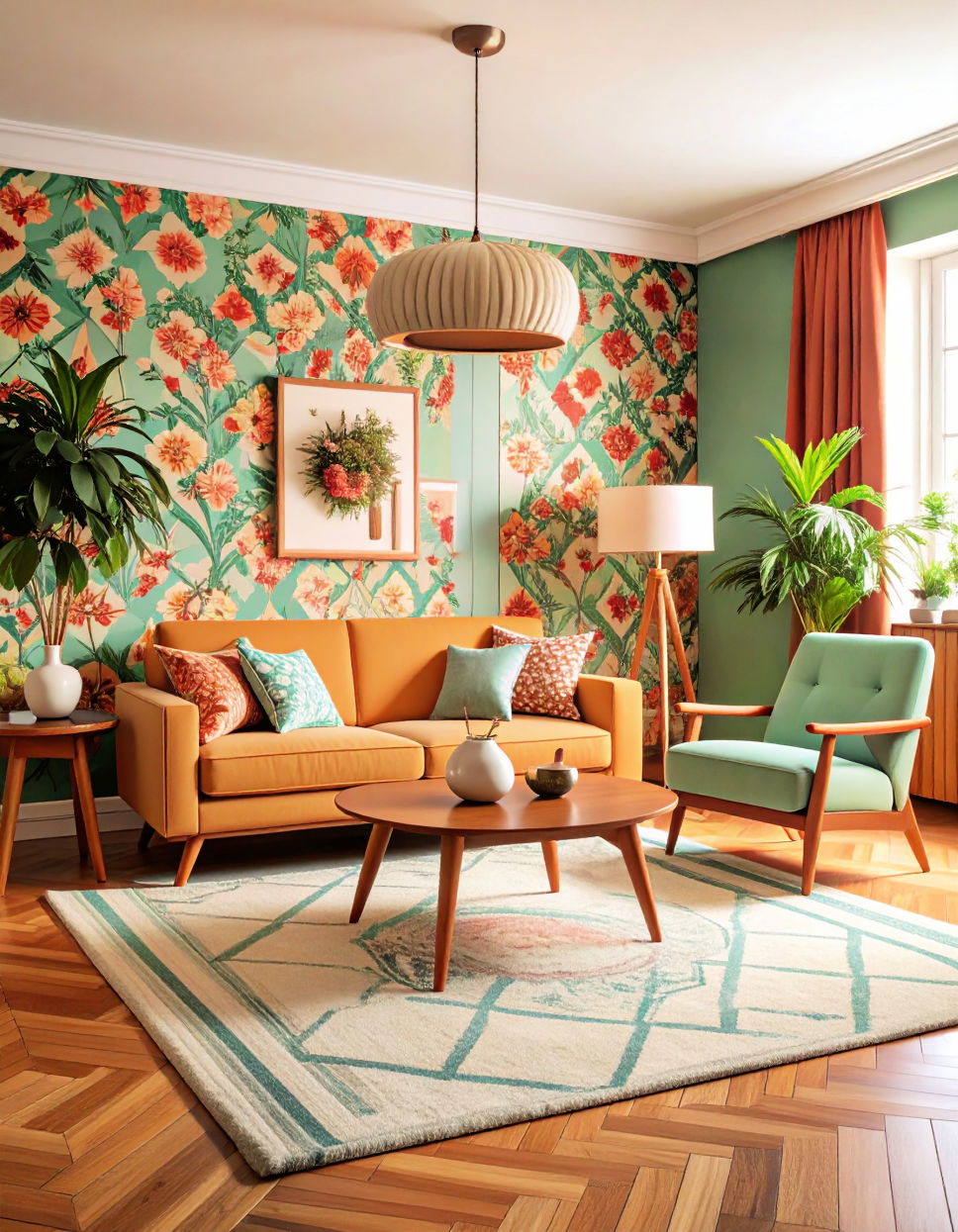
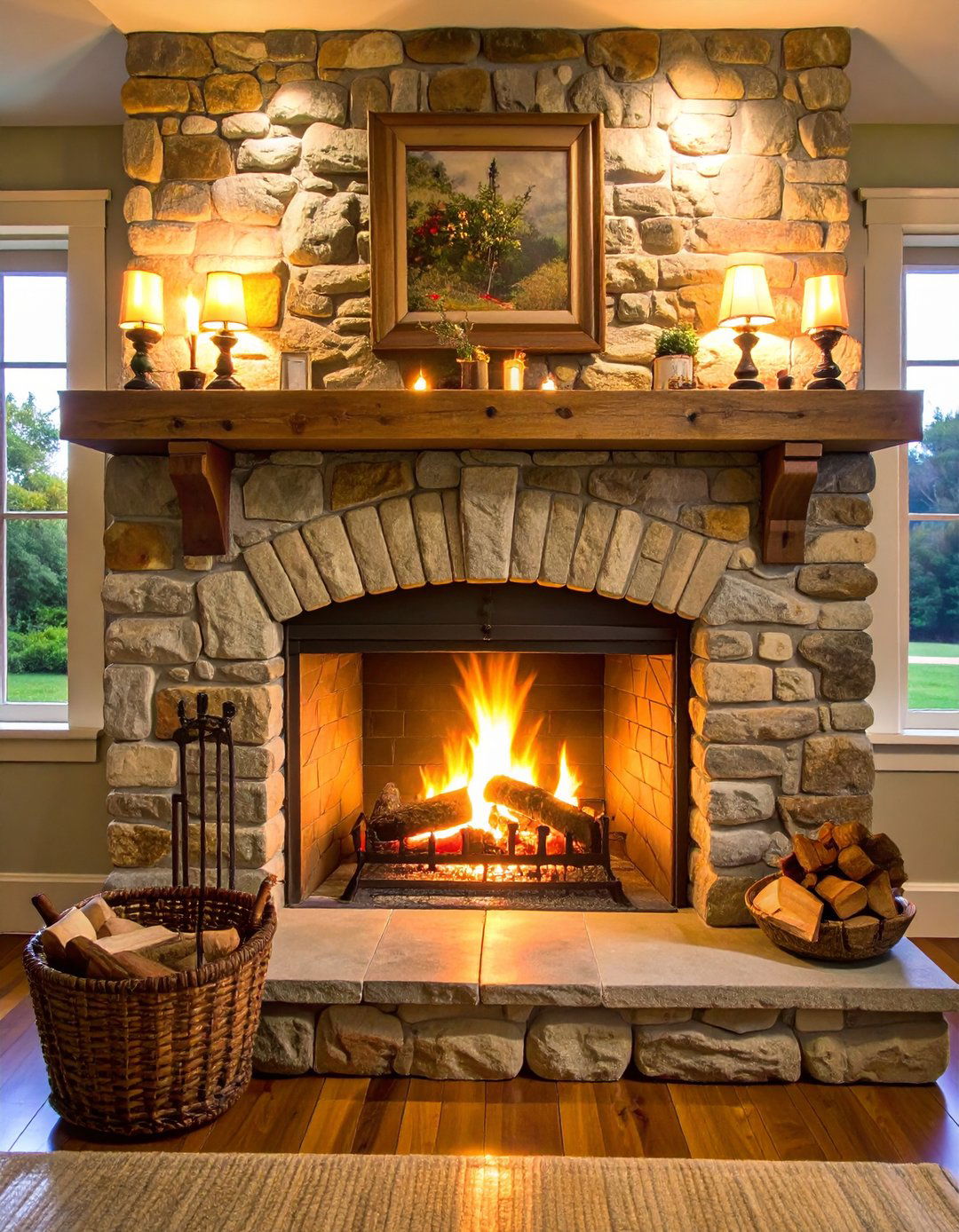
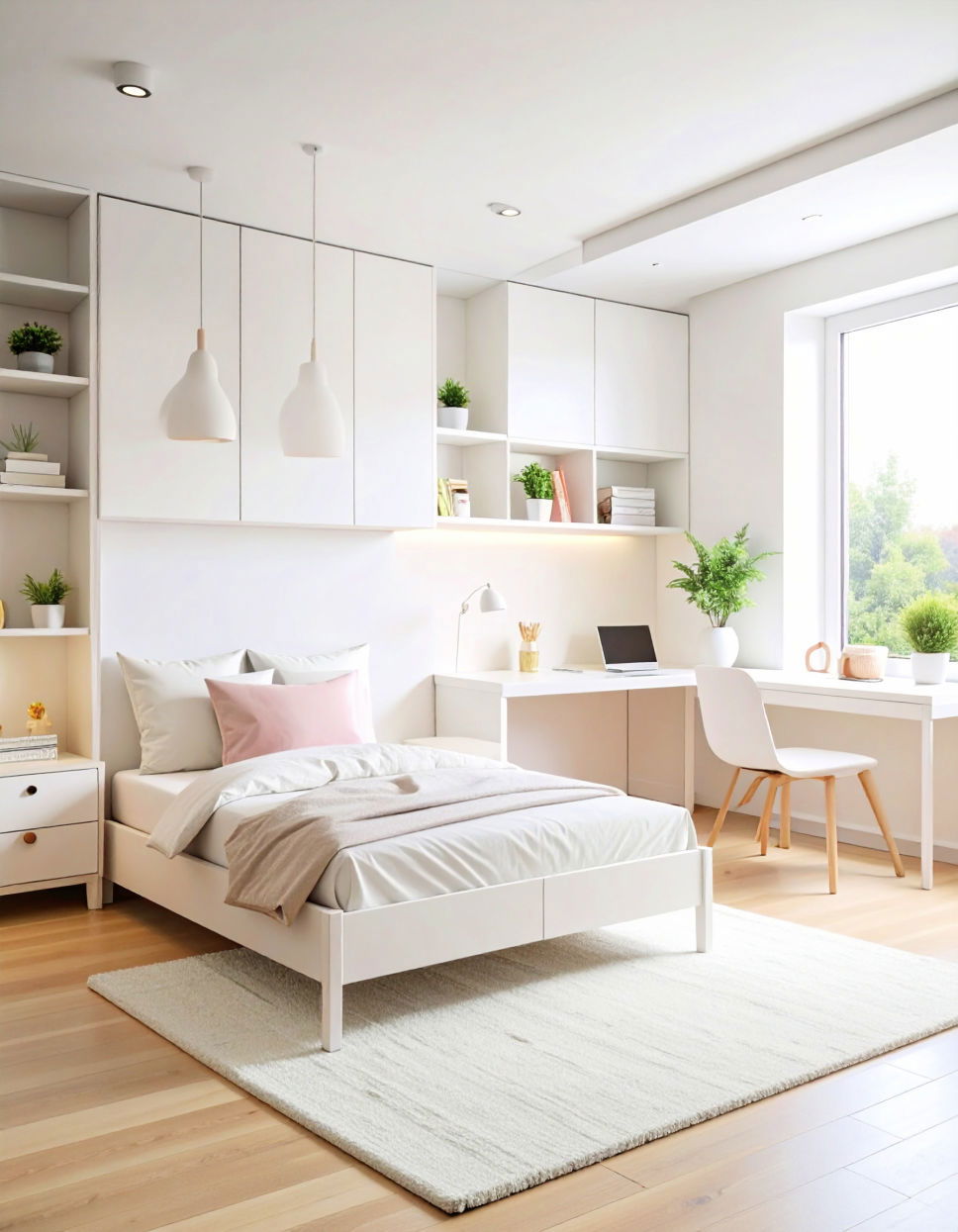
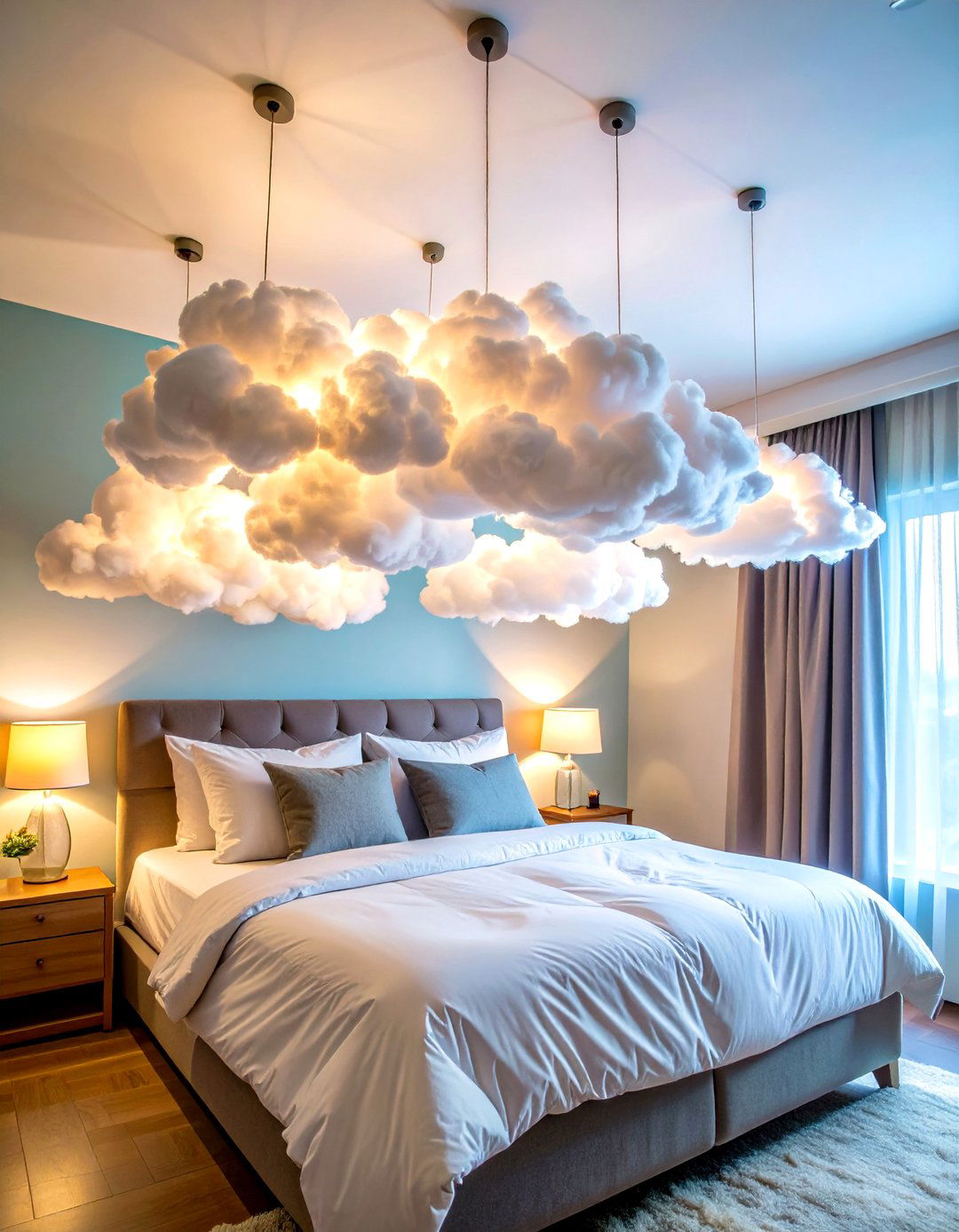

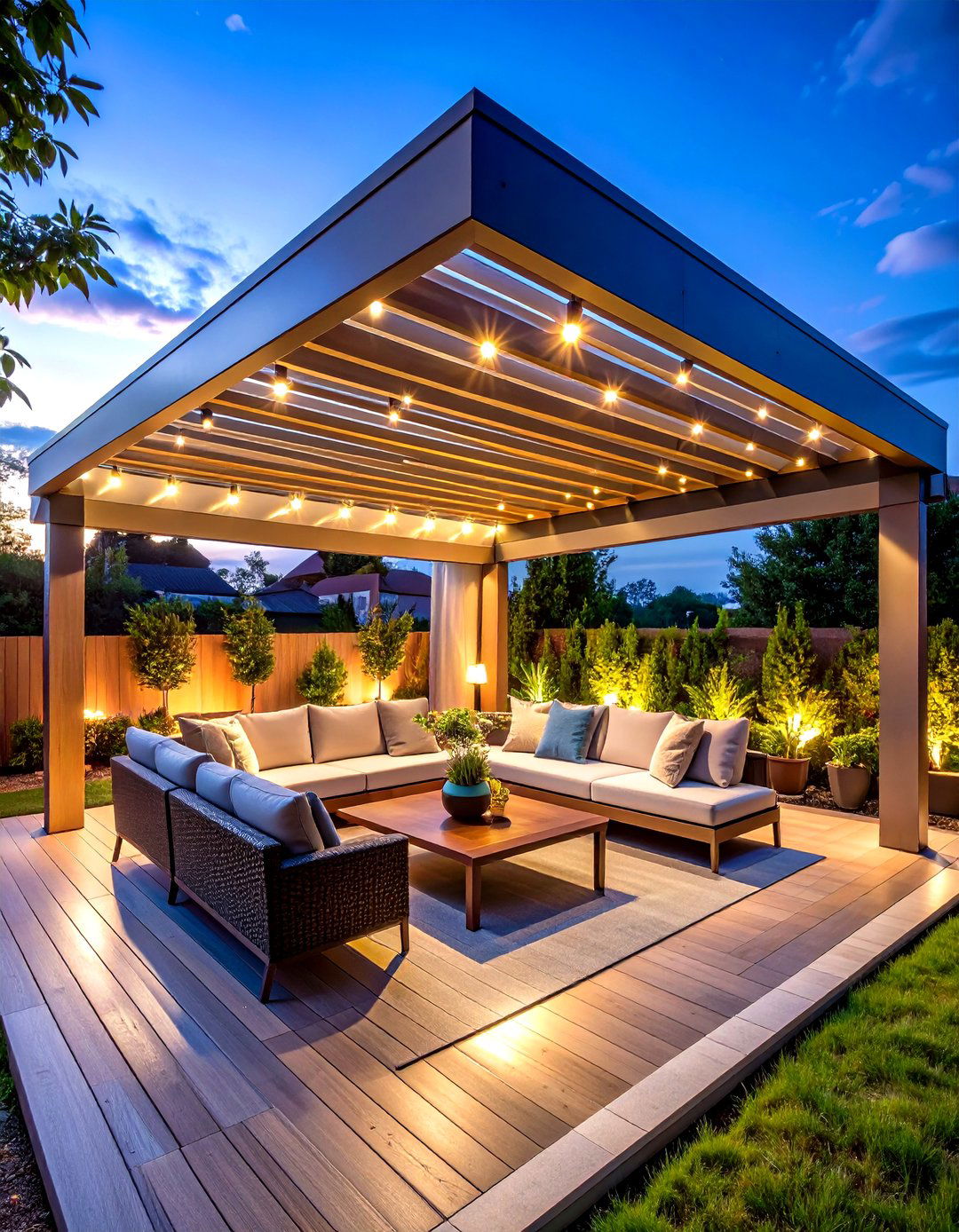
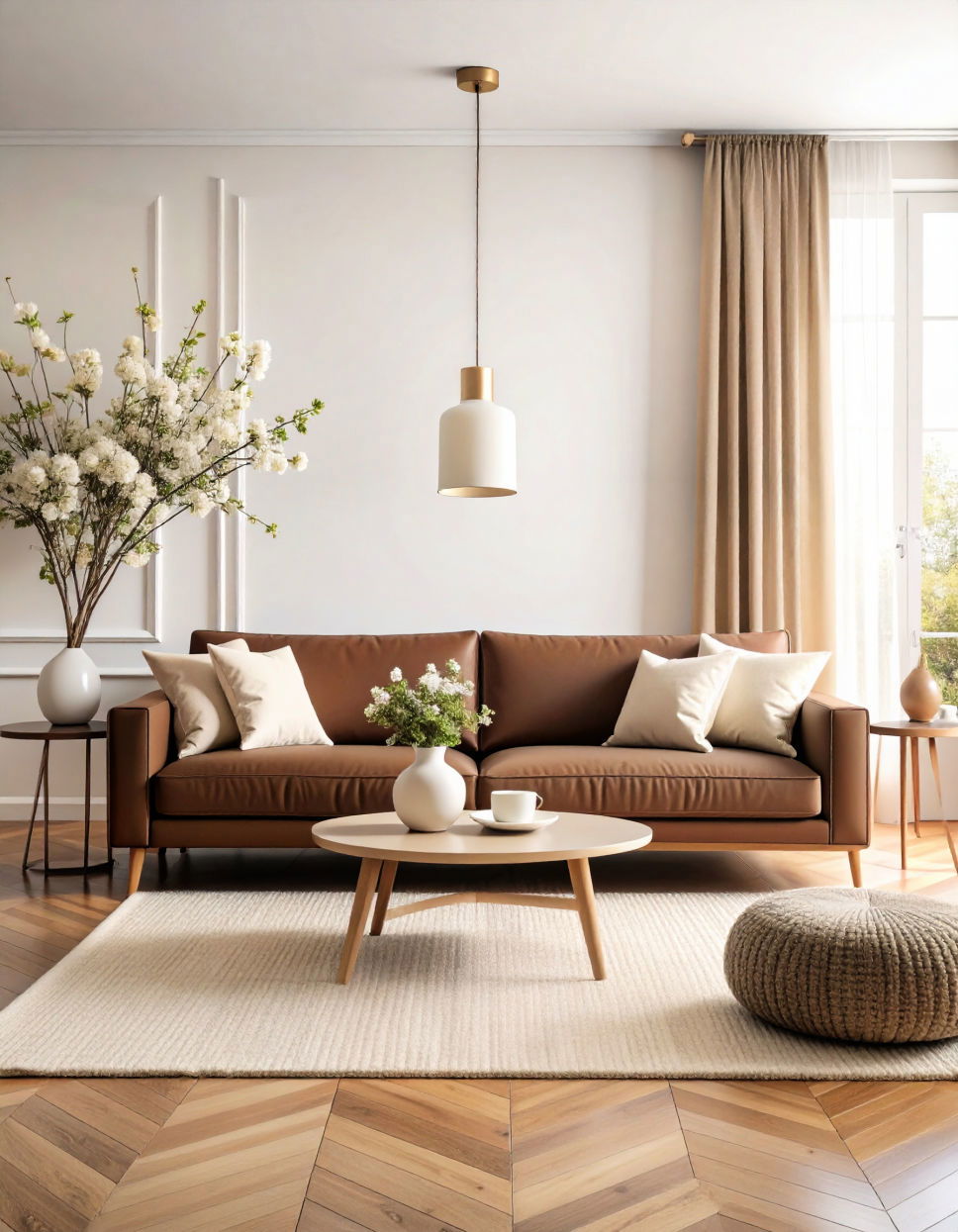
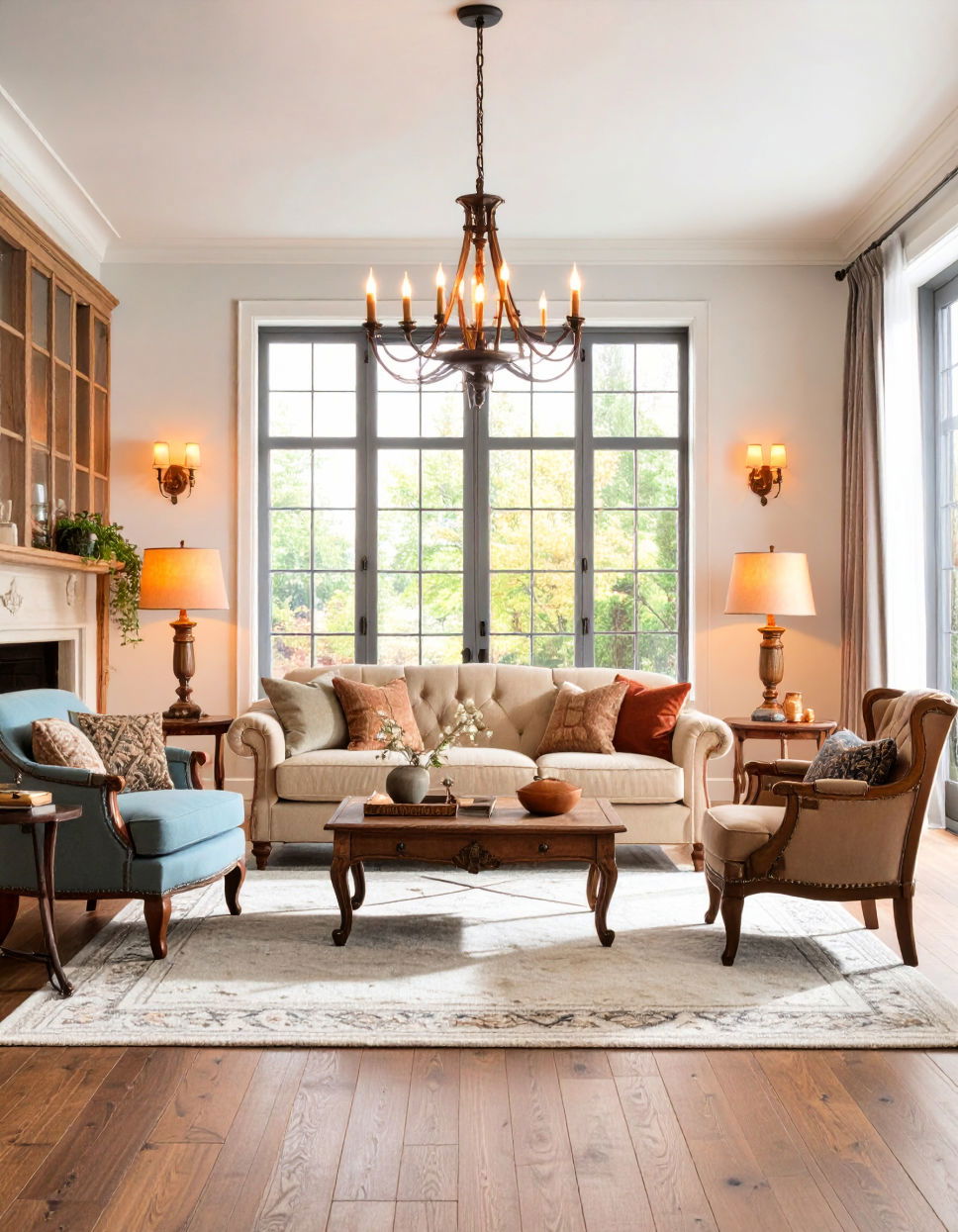
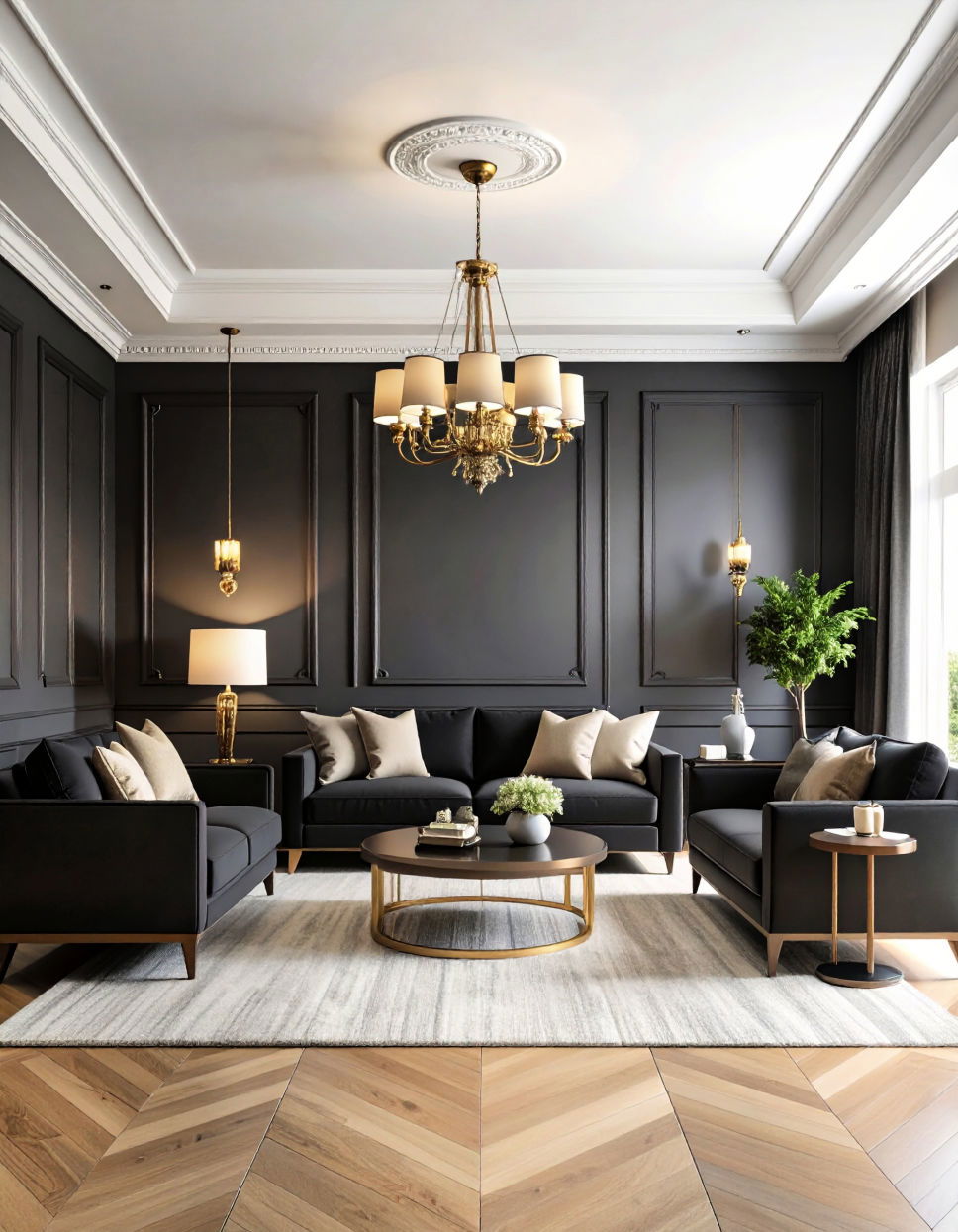


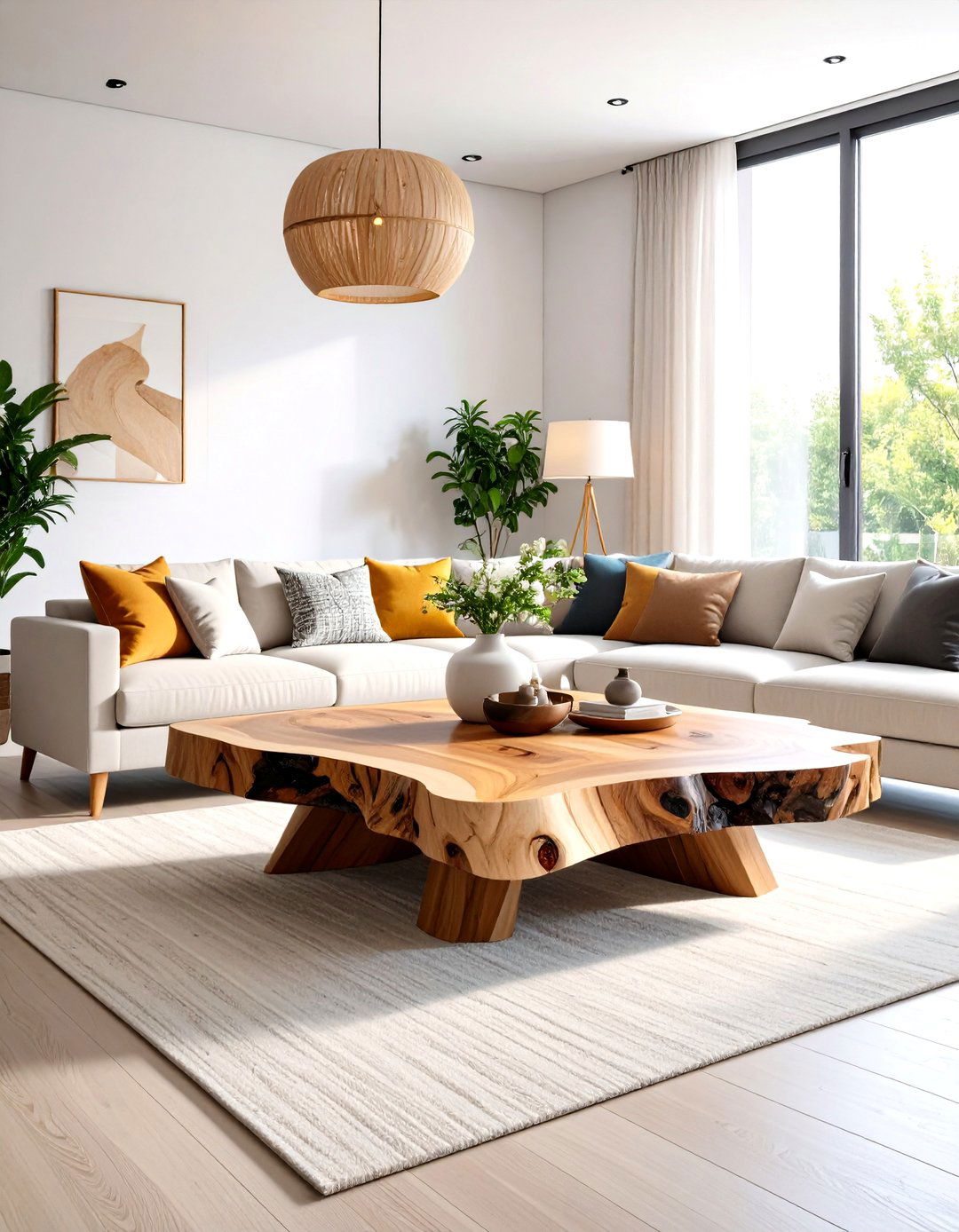
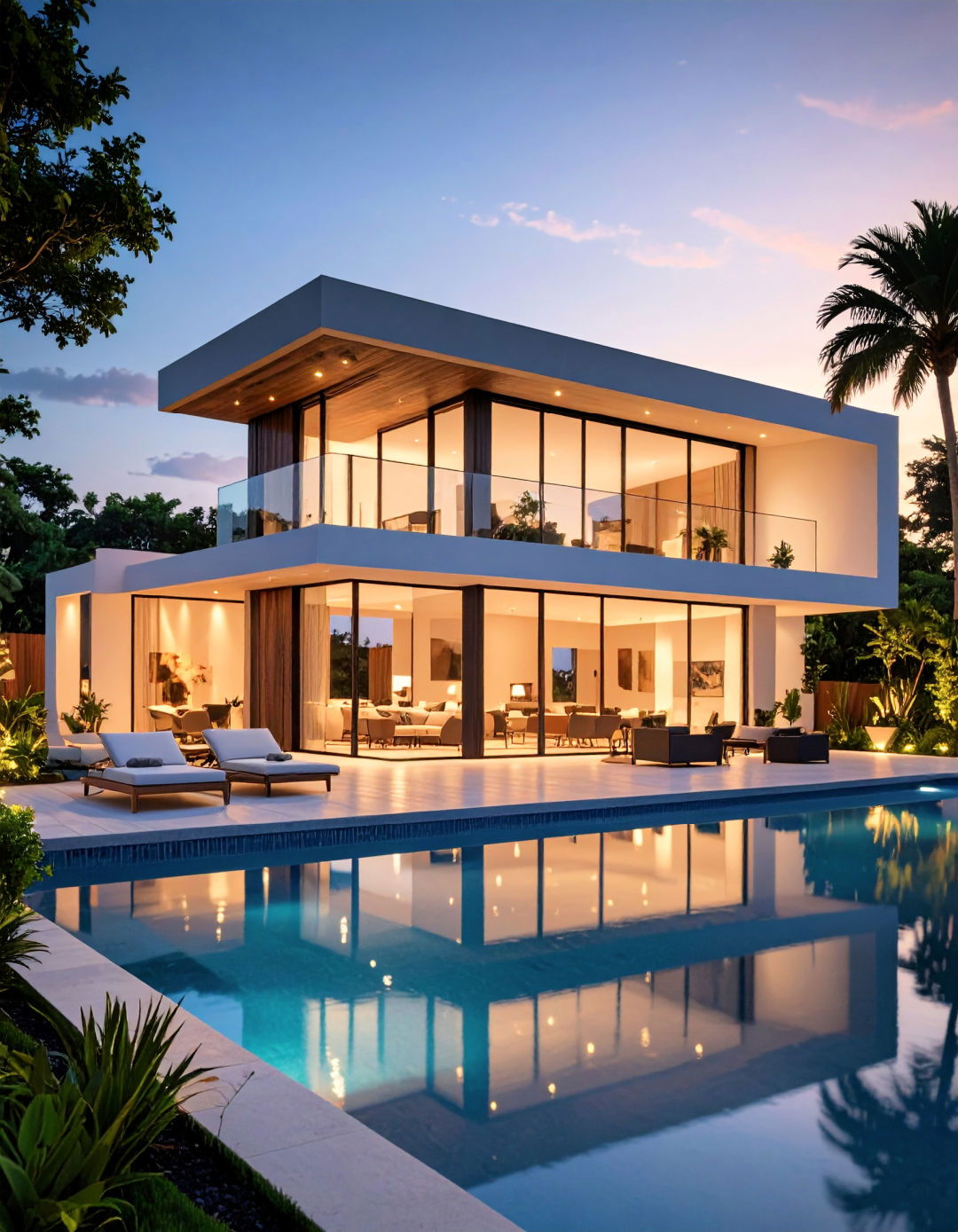
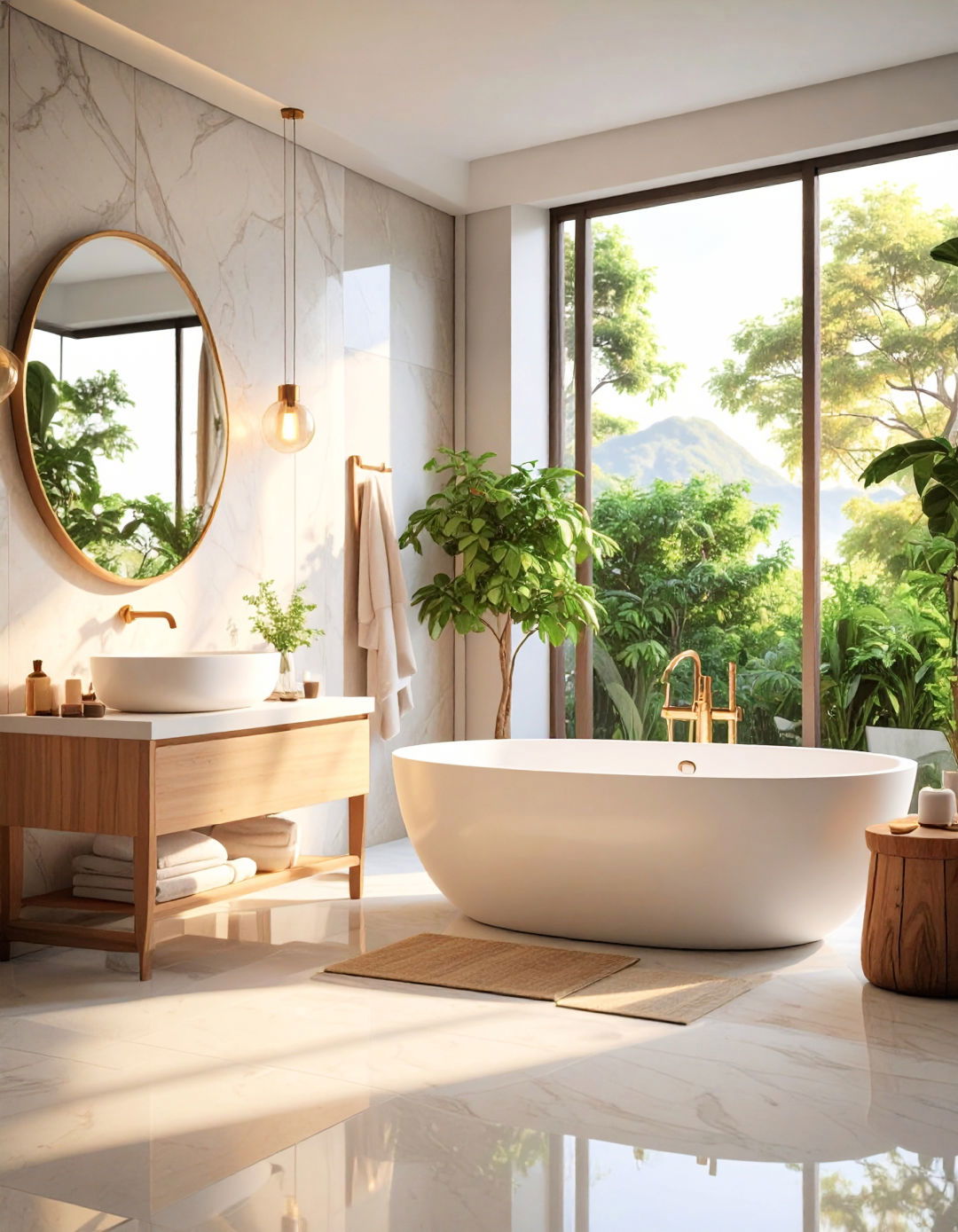
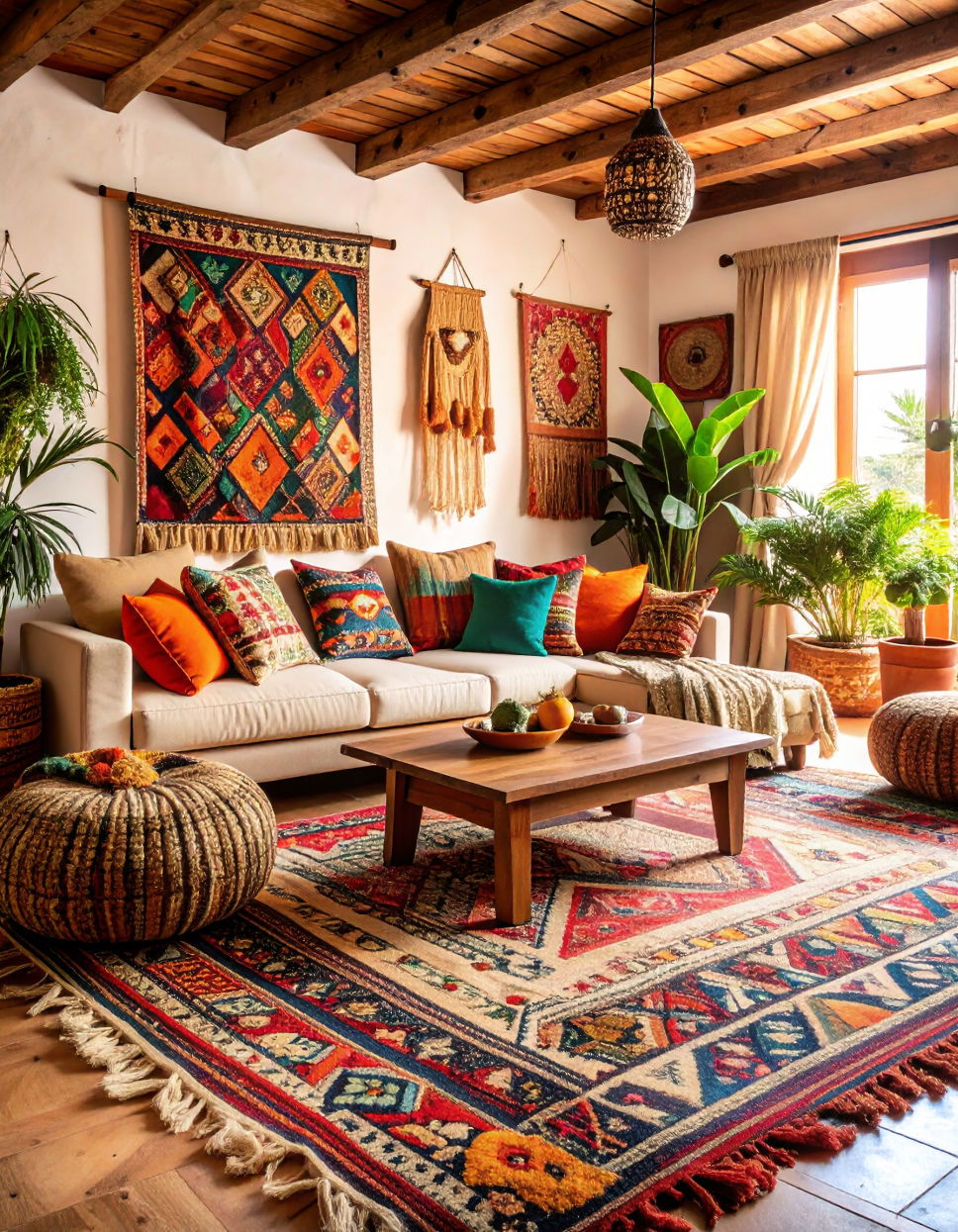
Leave a Reply